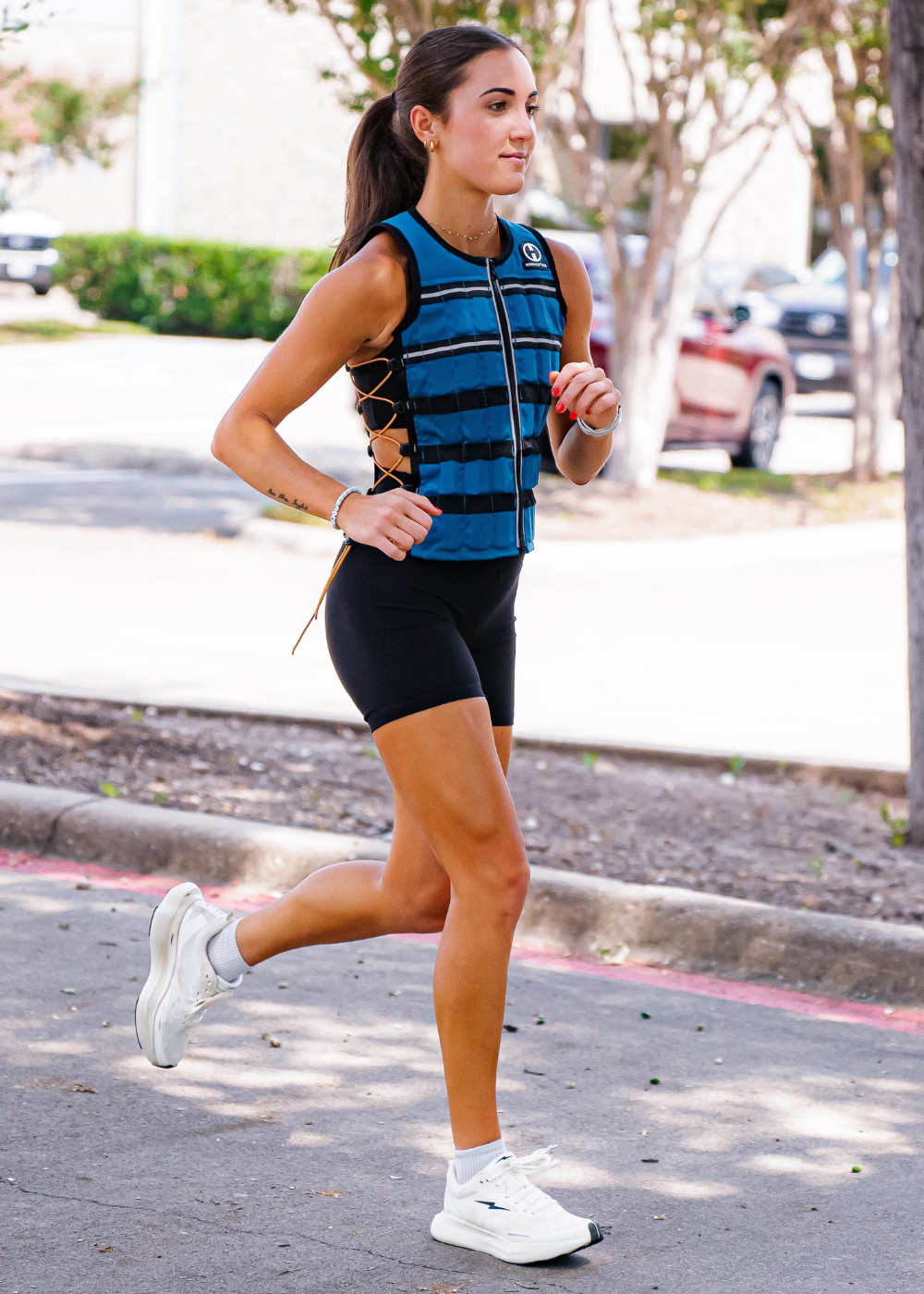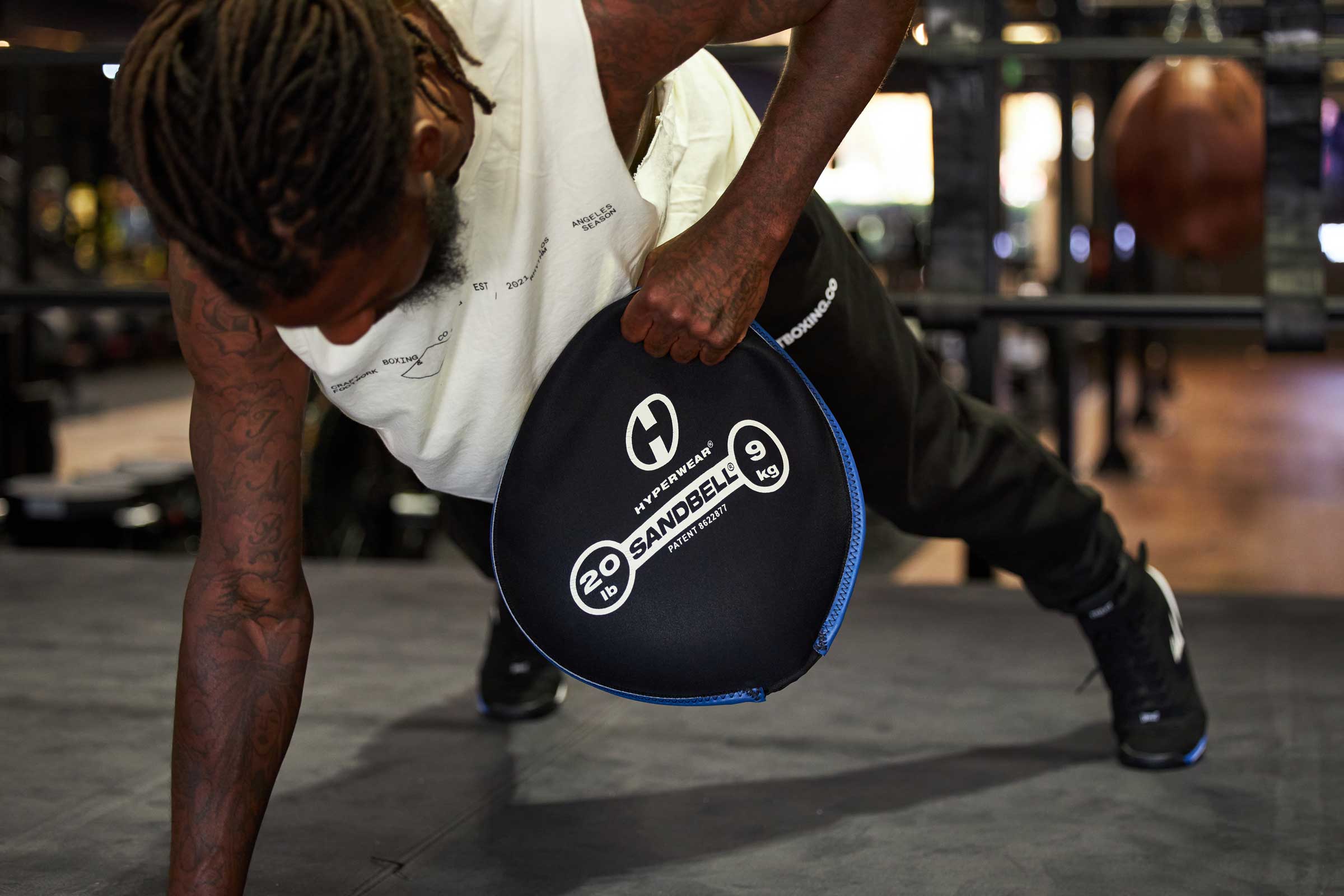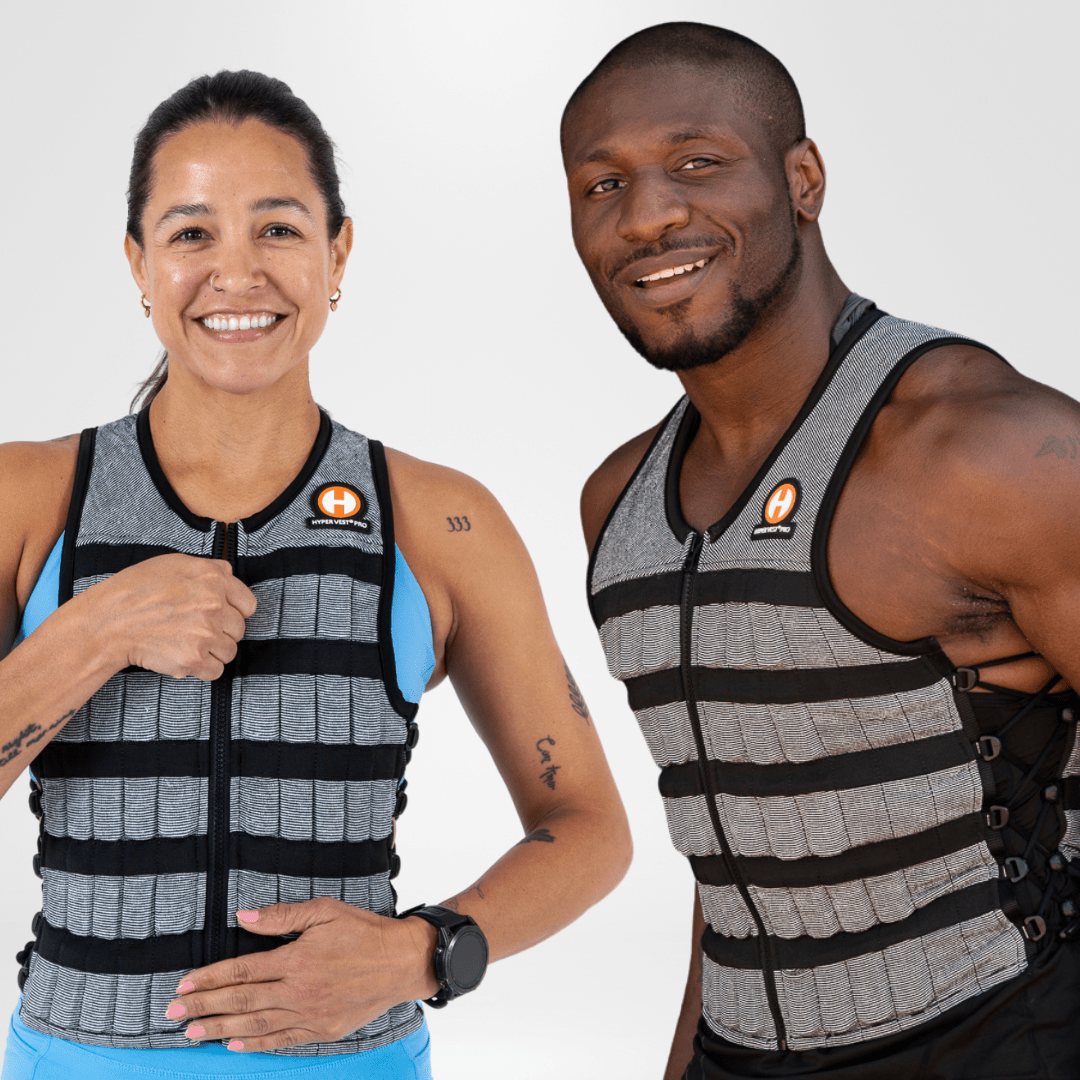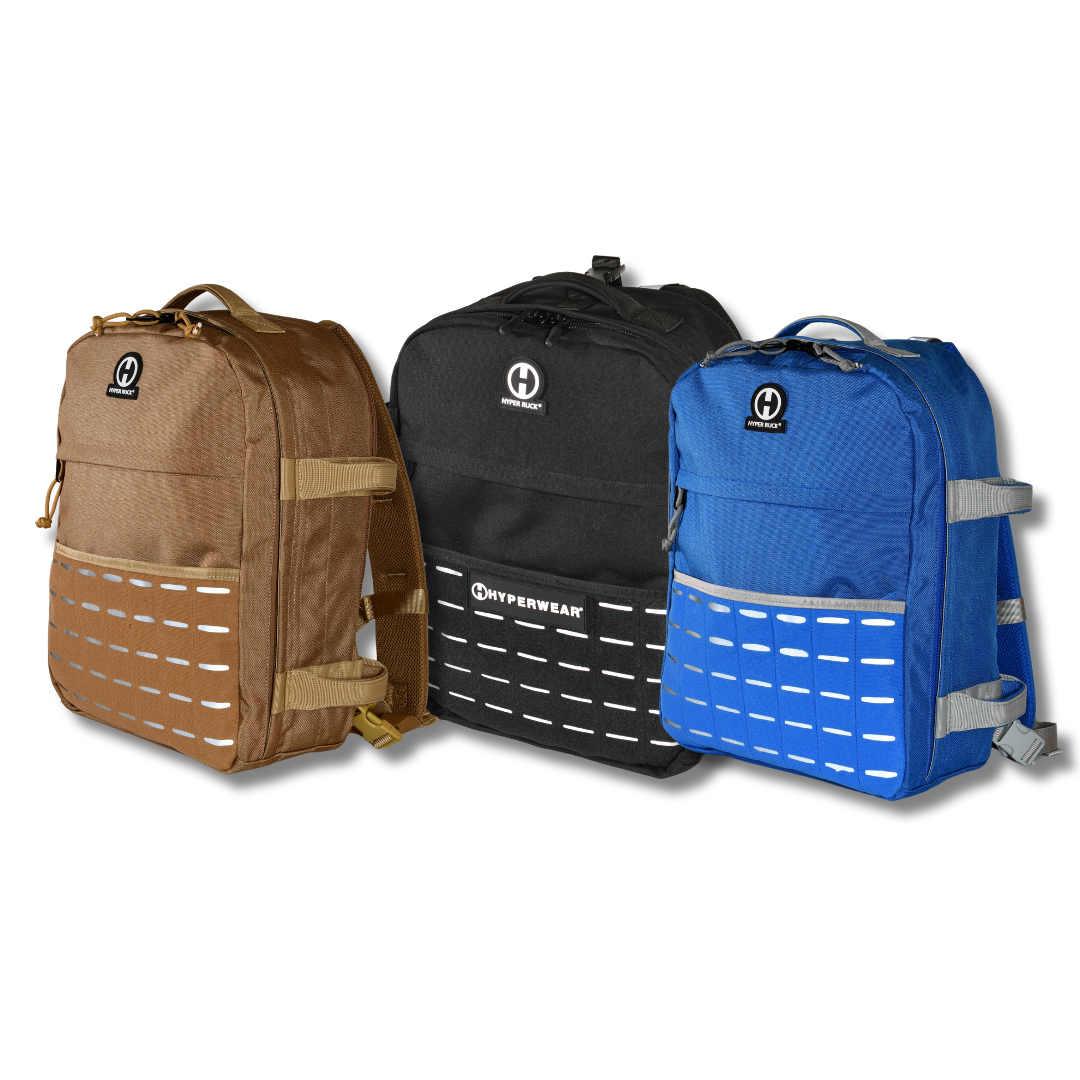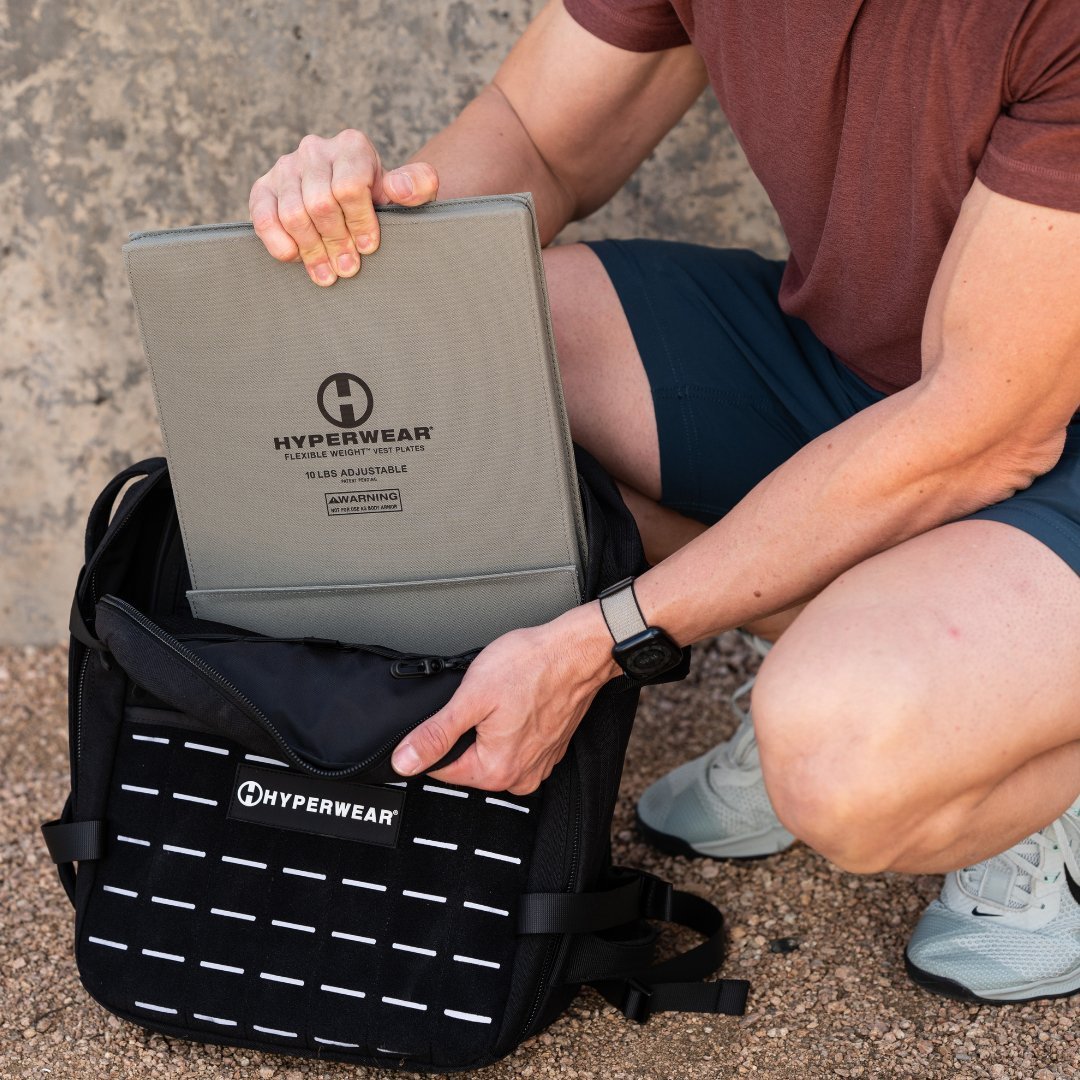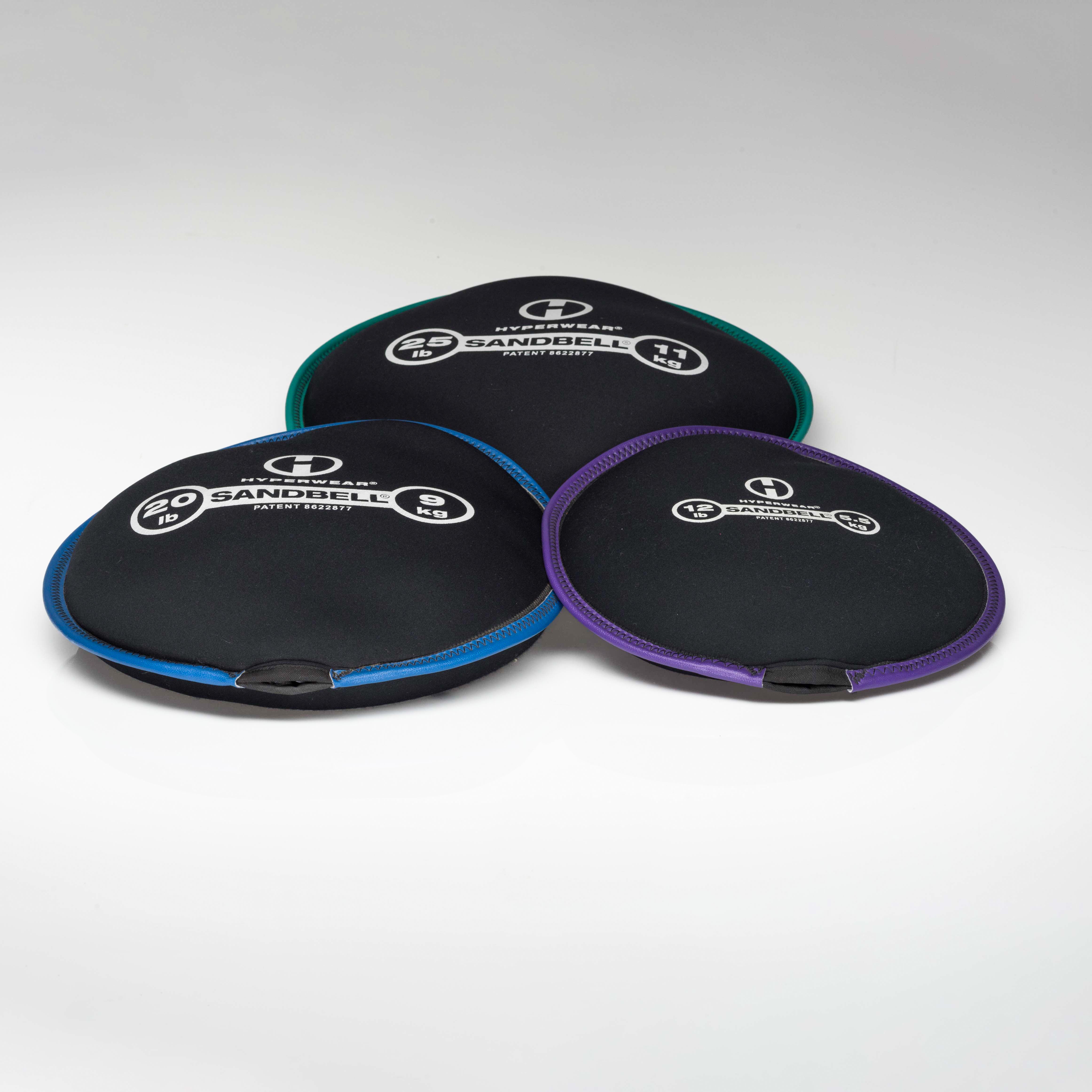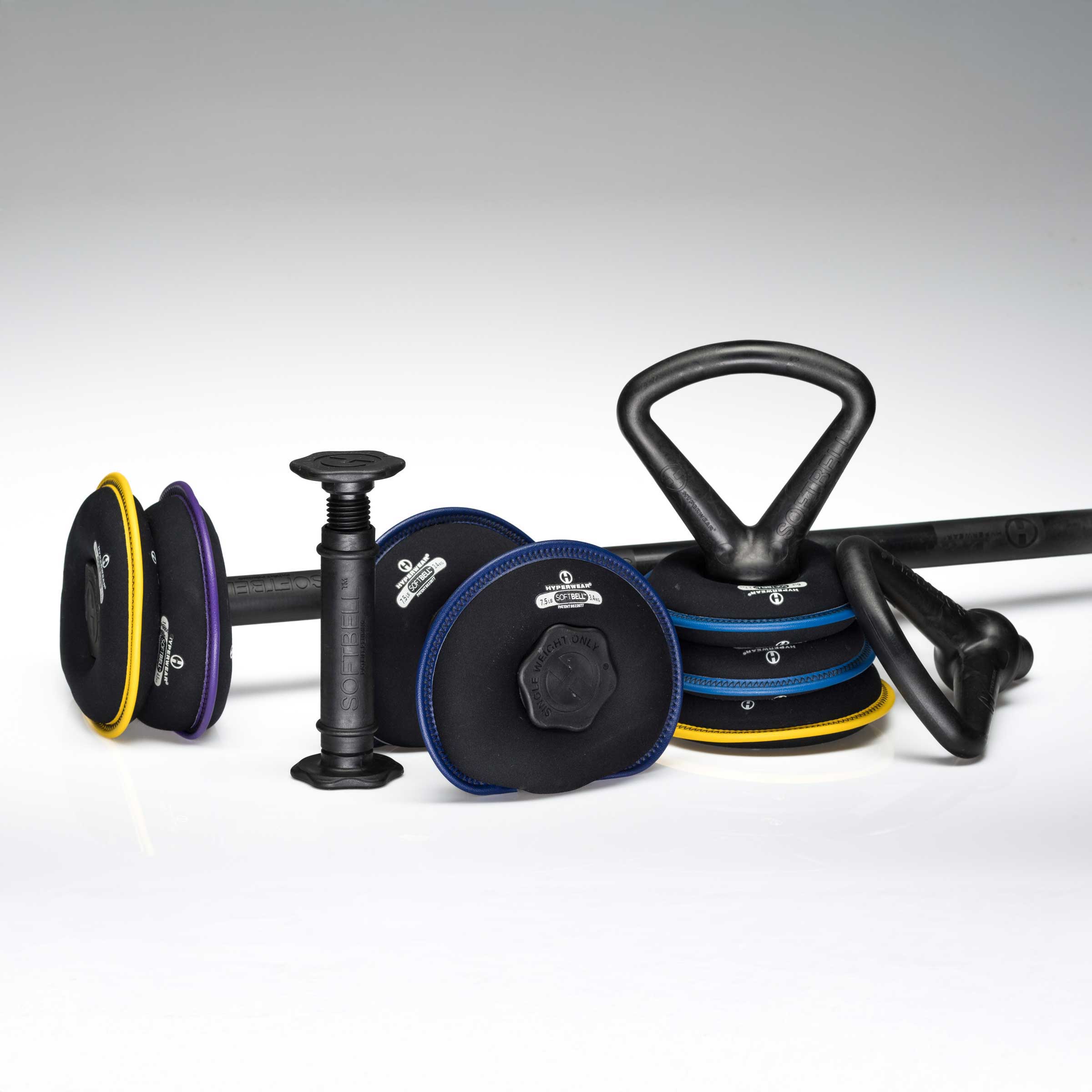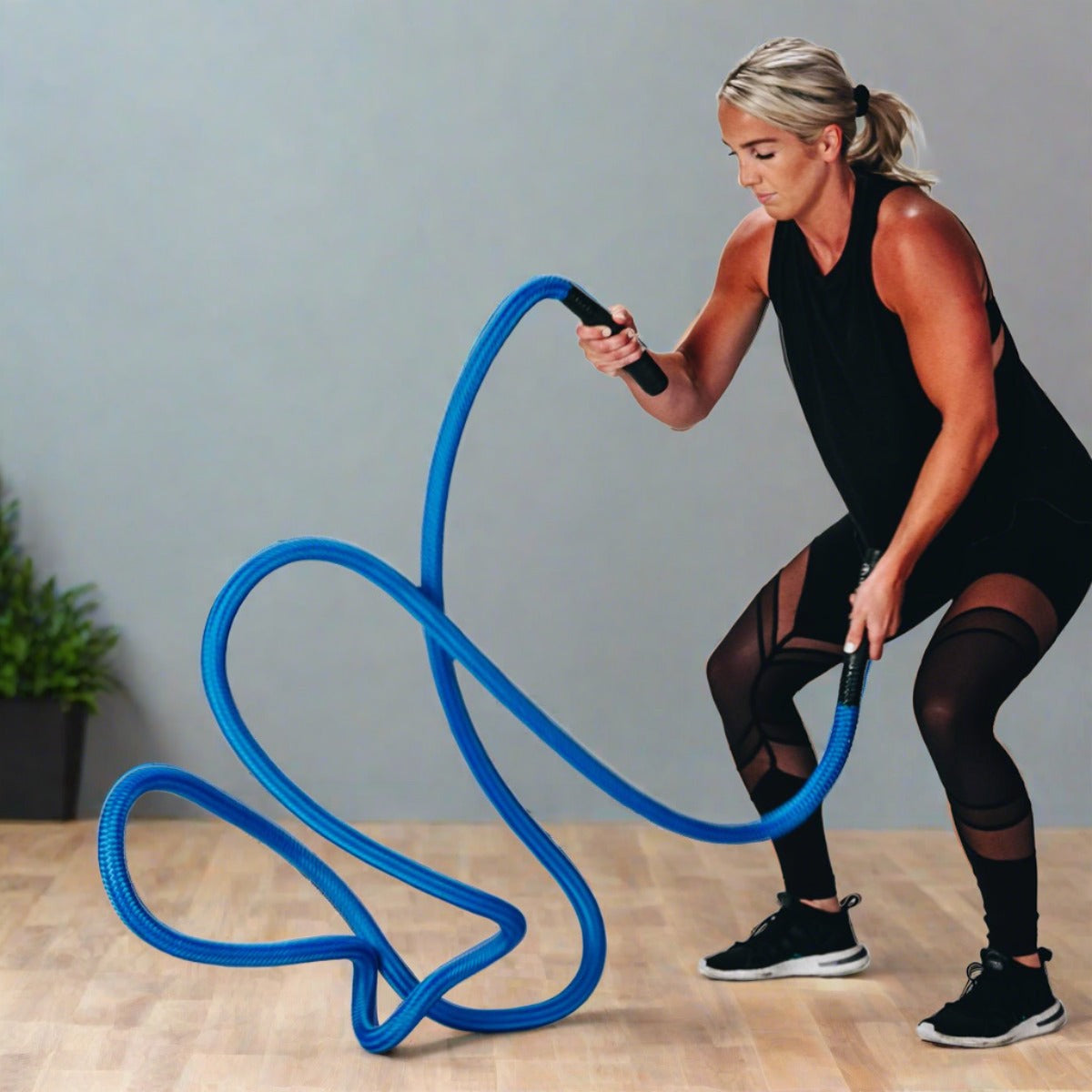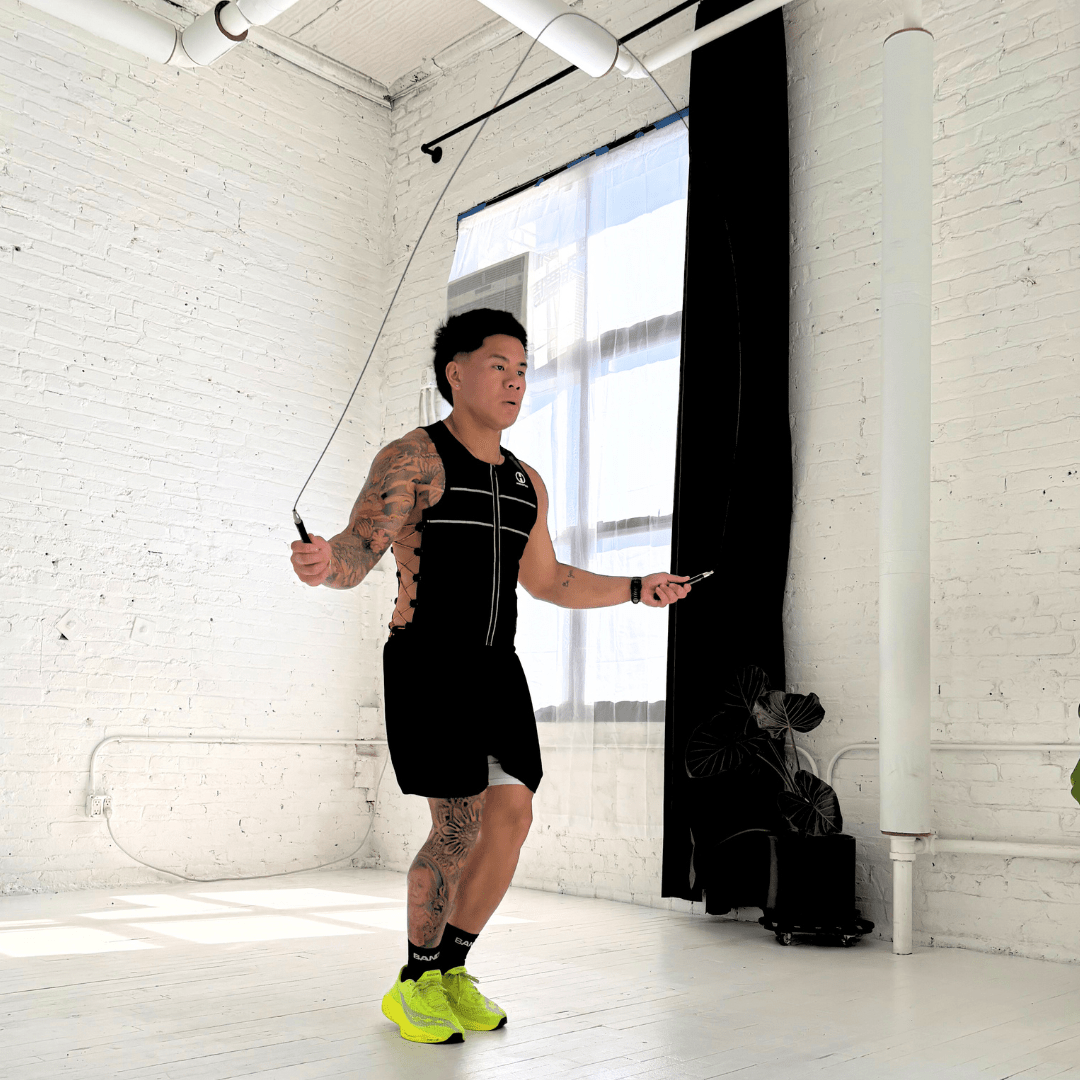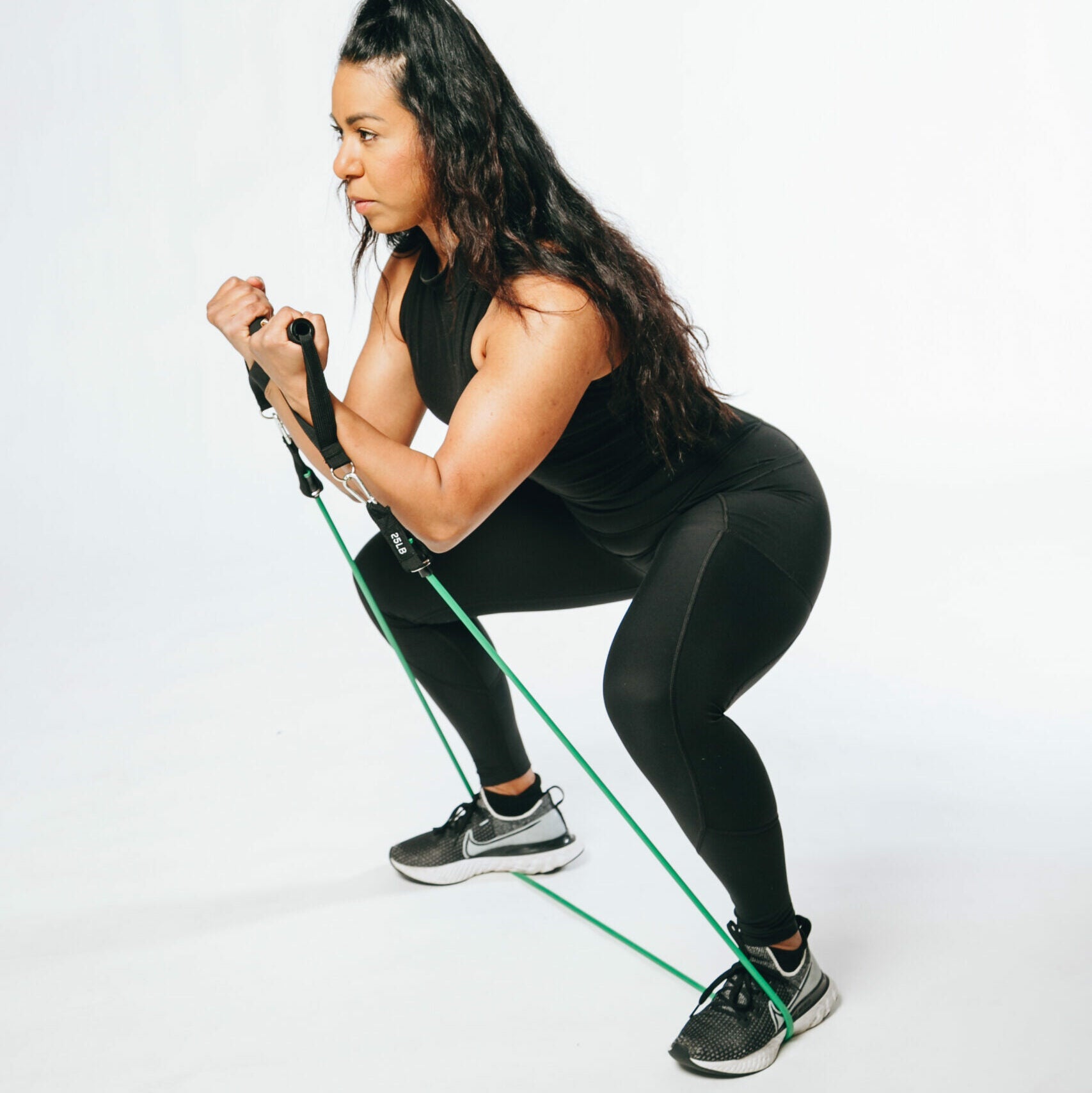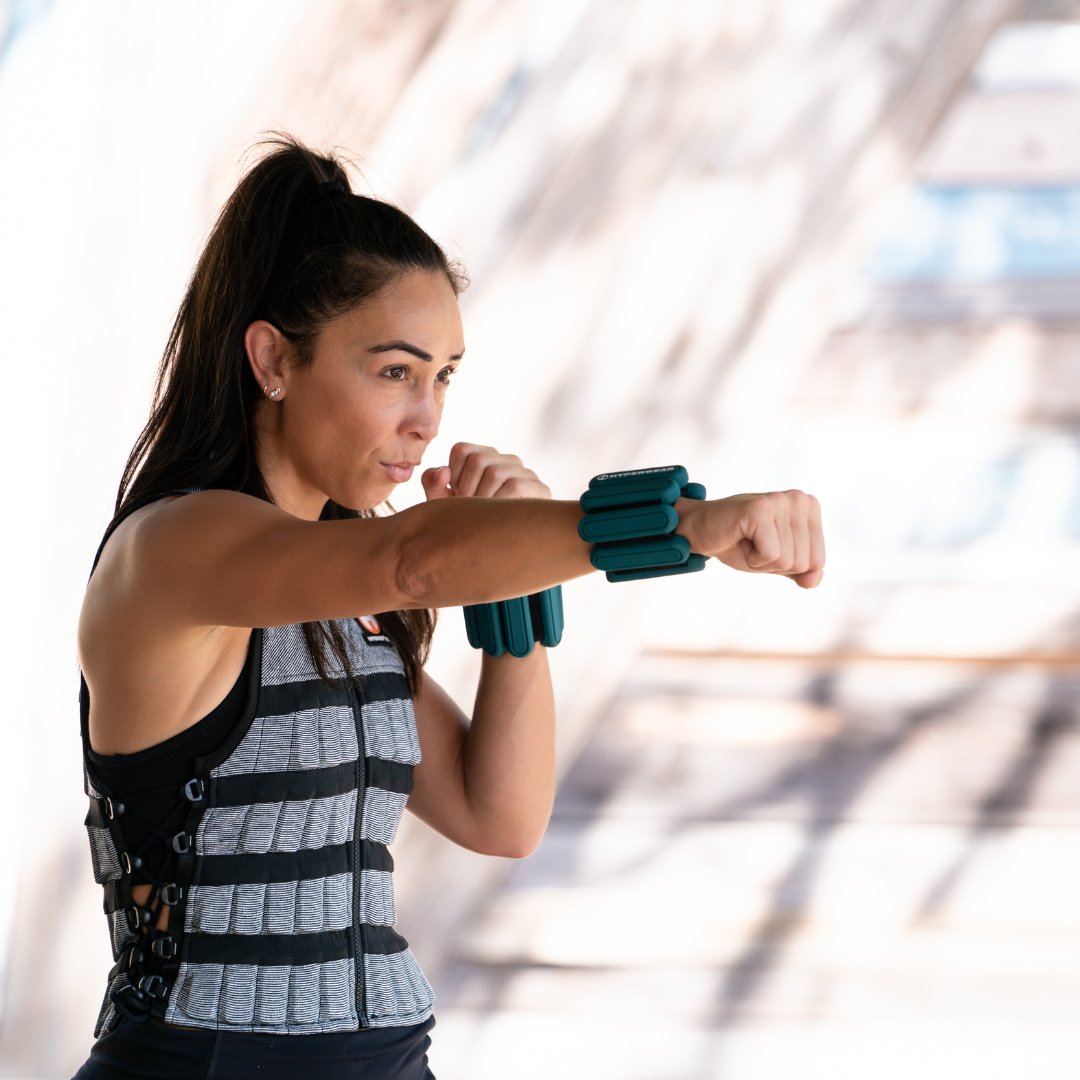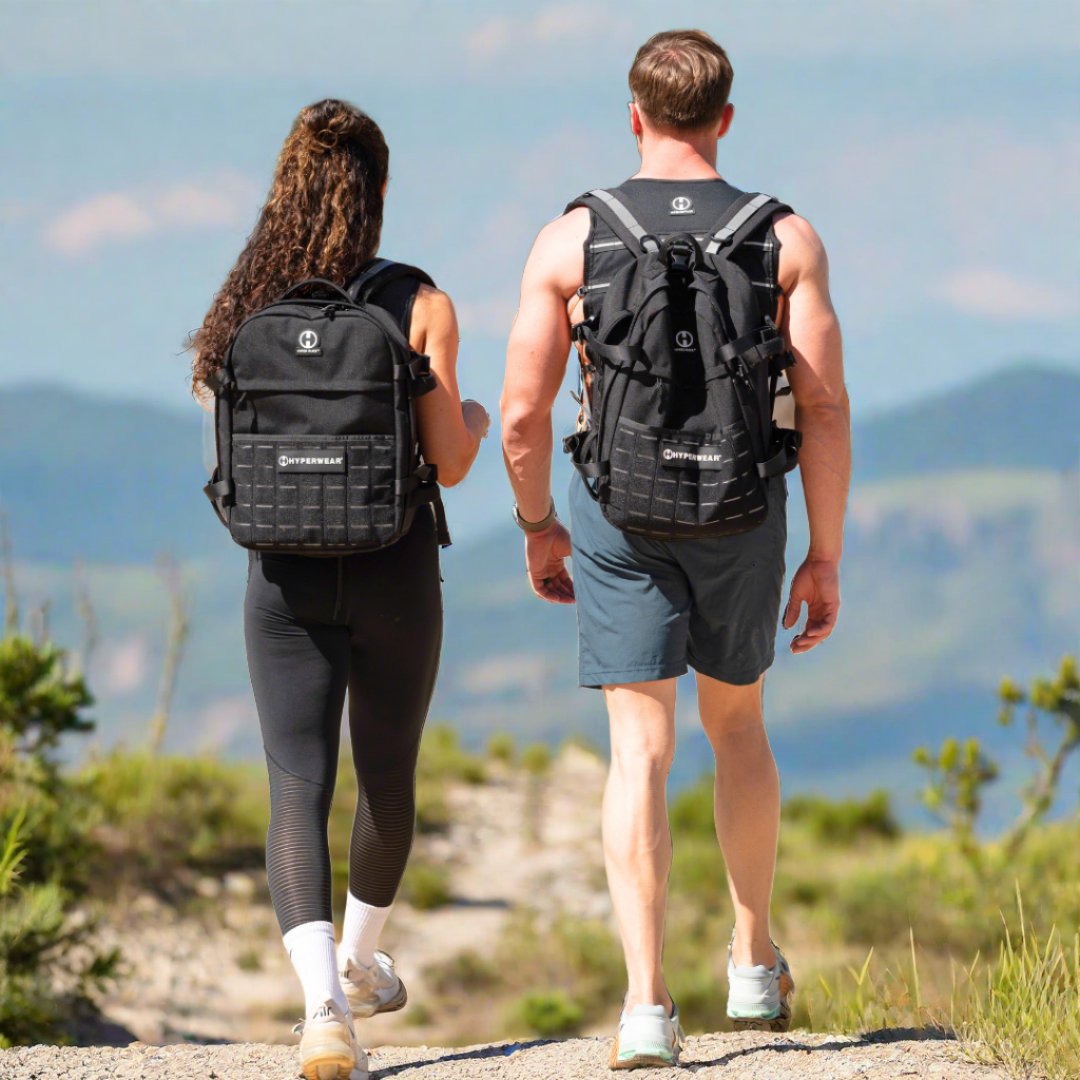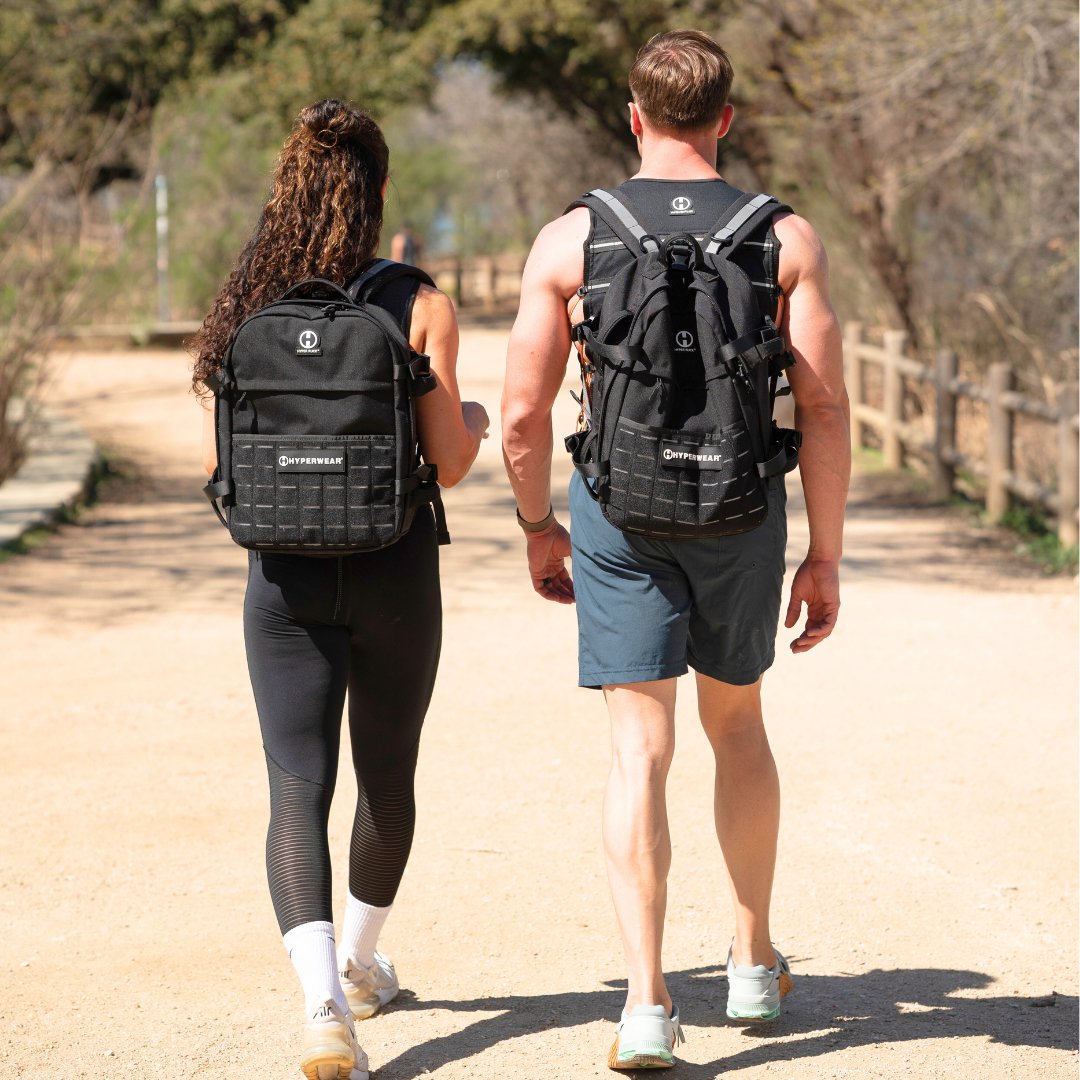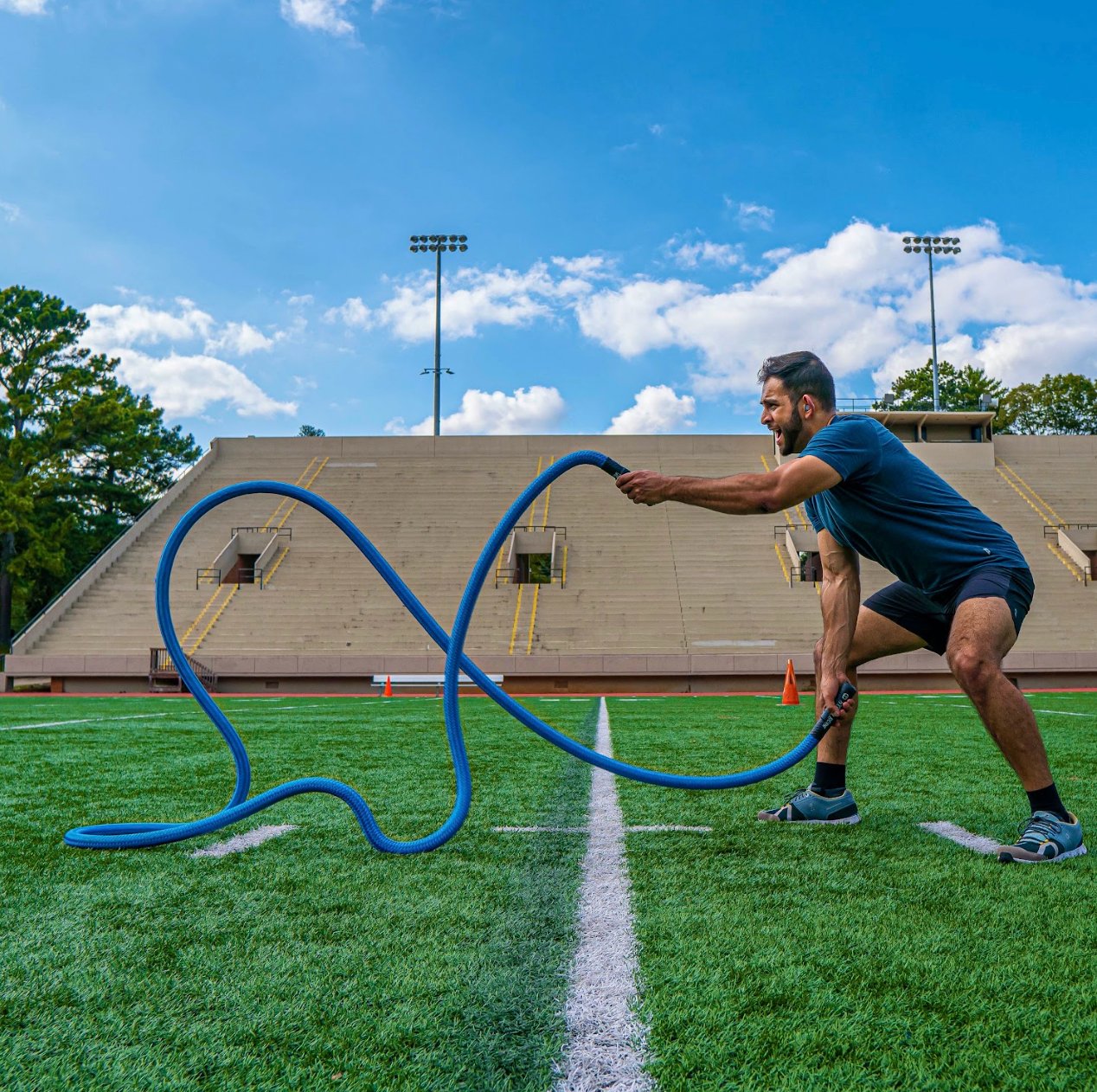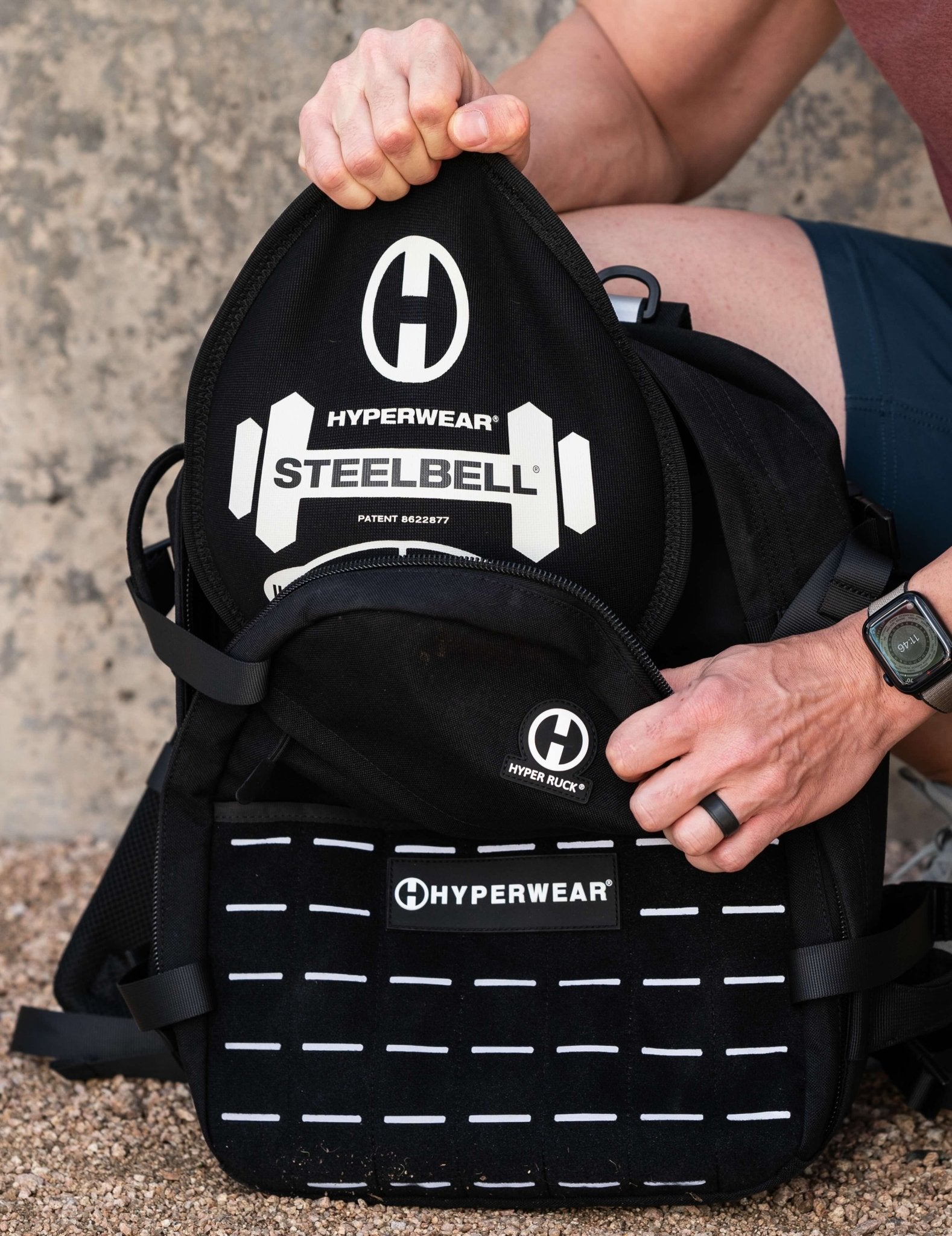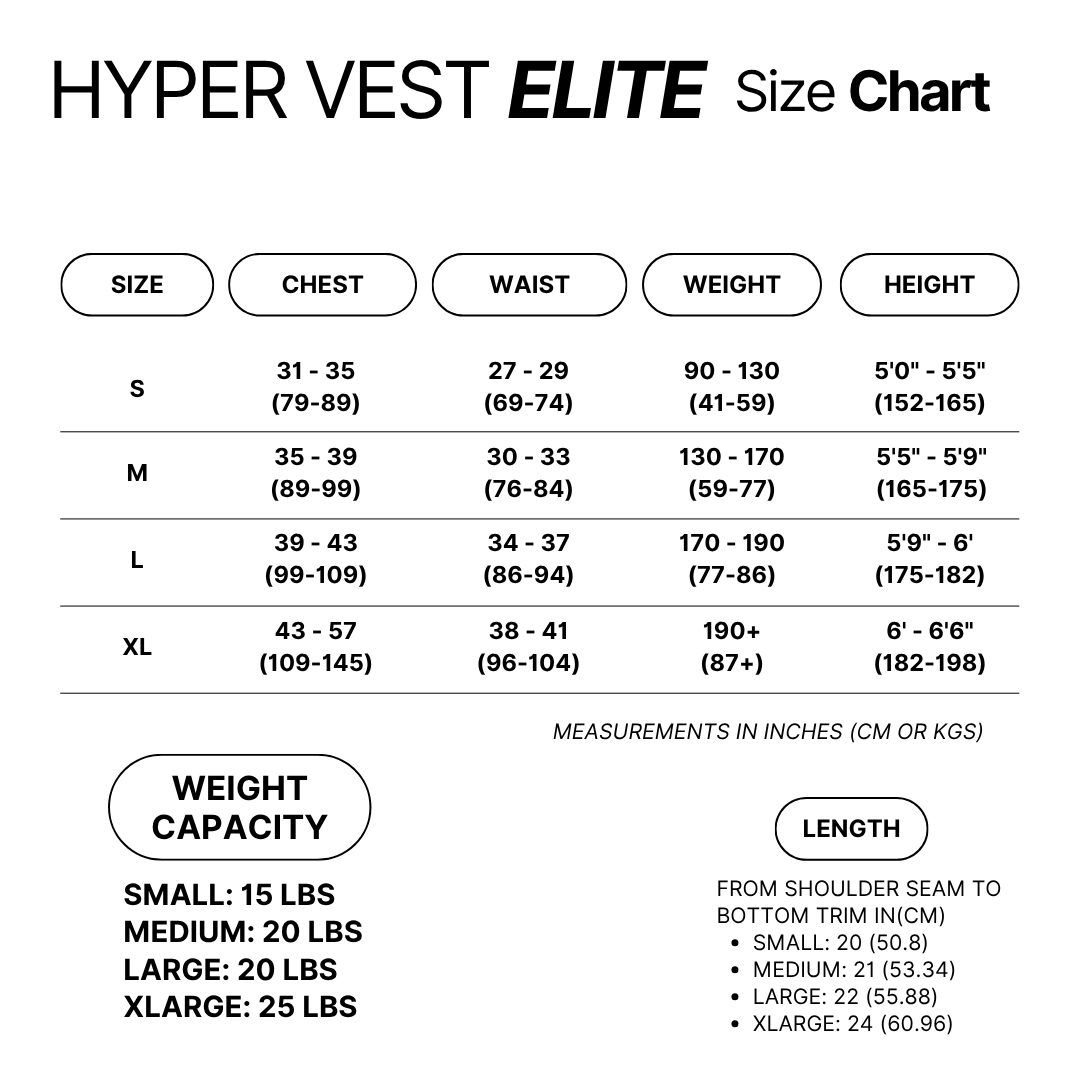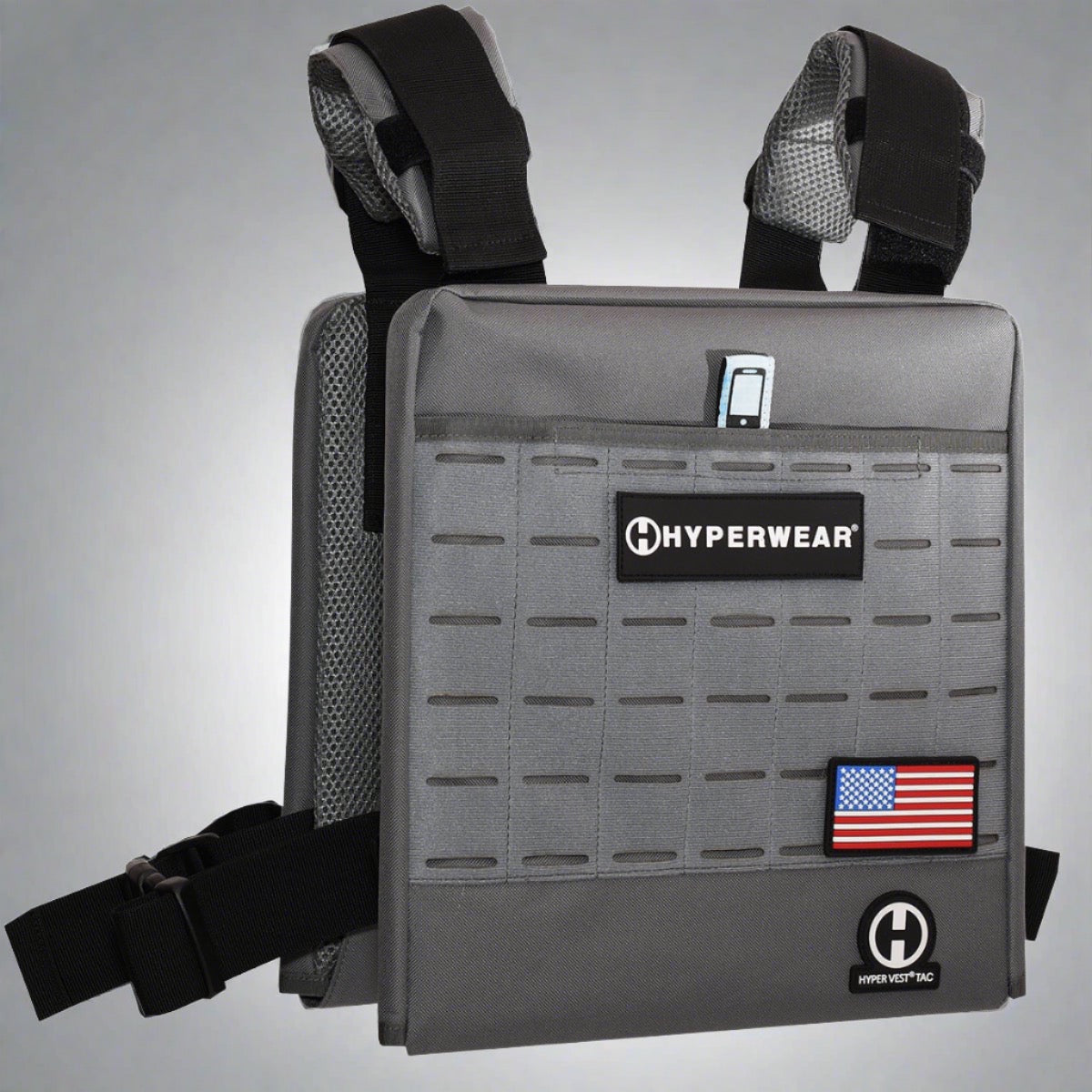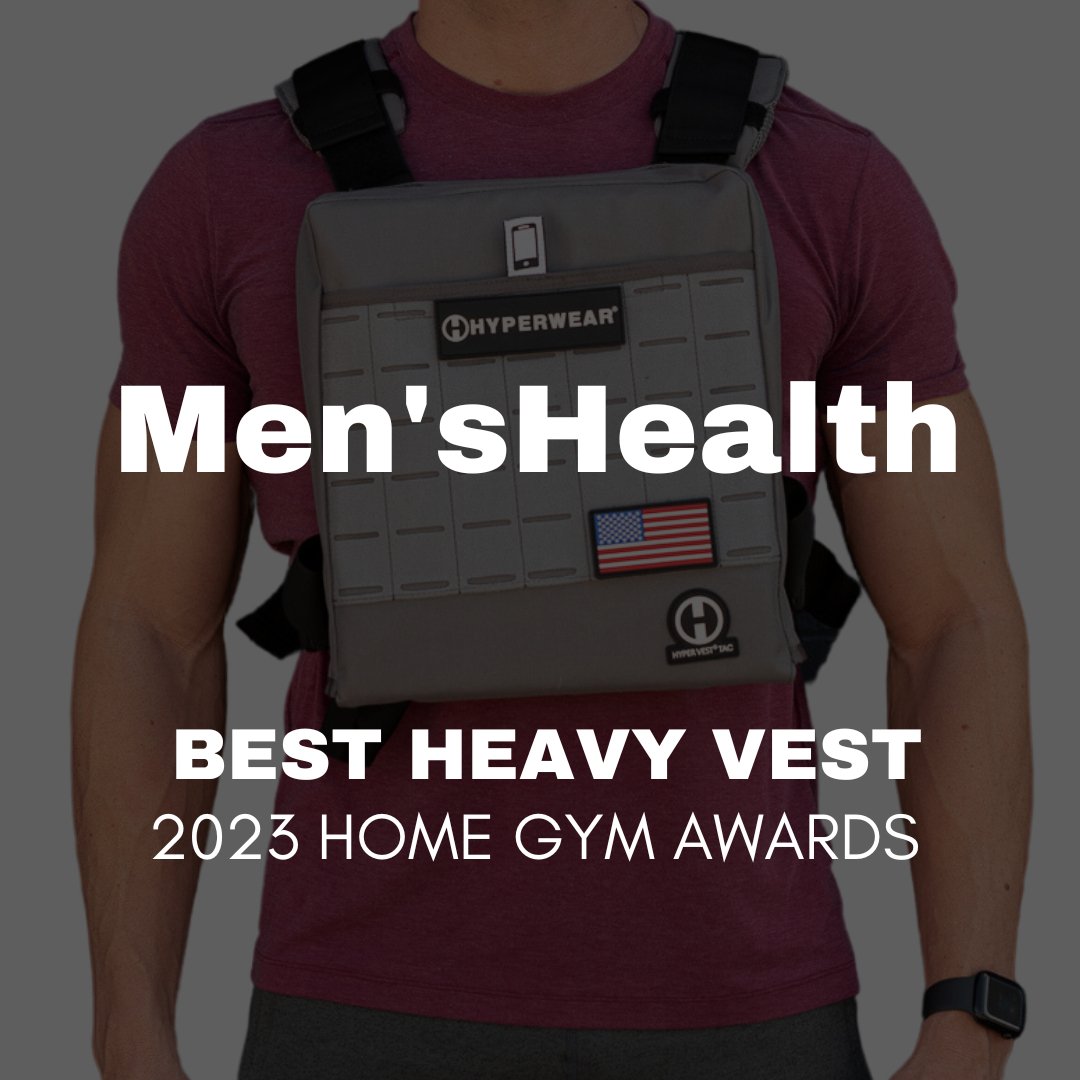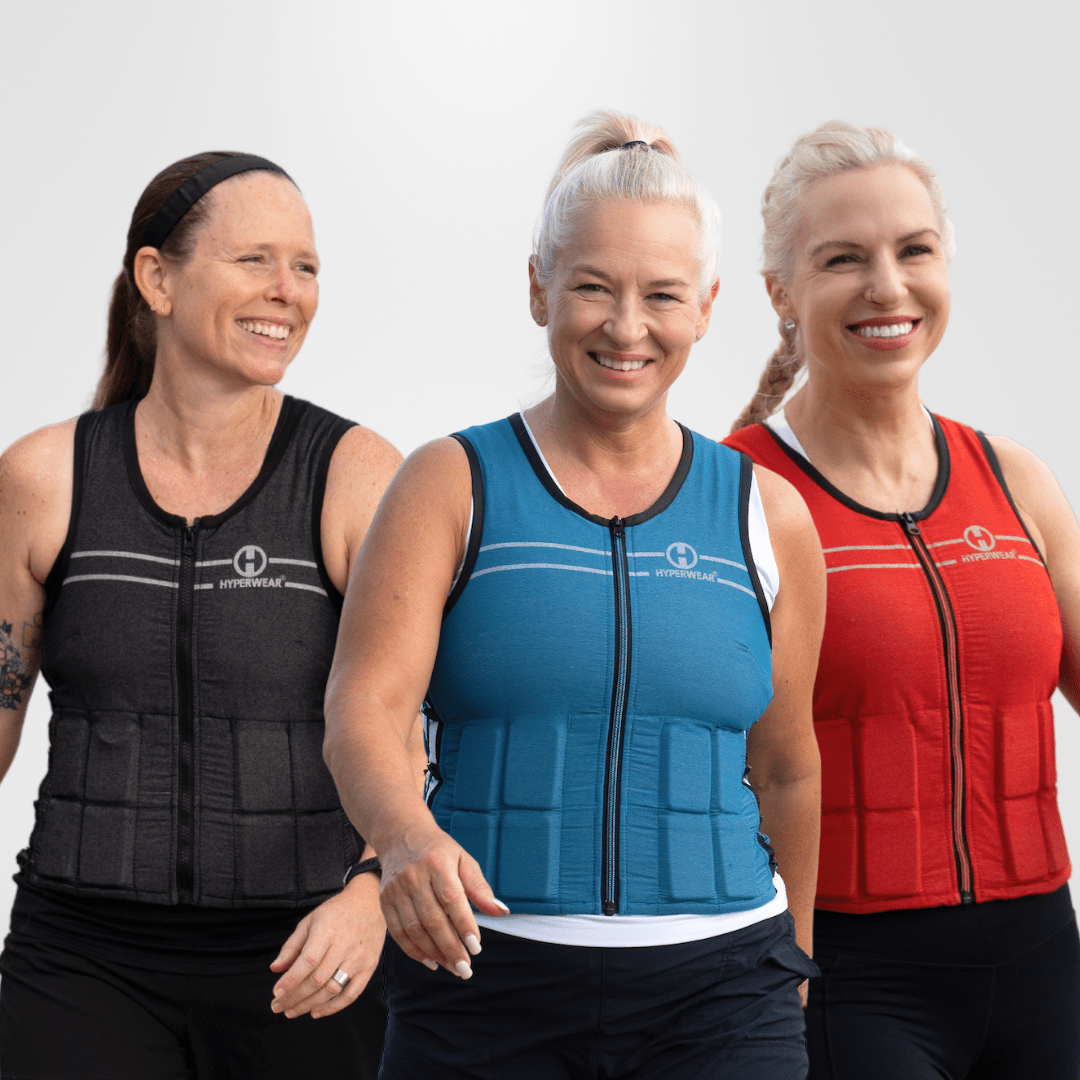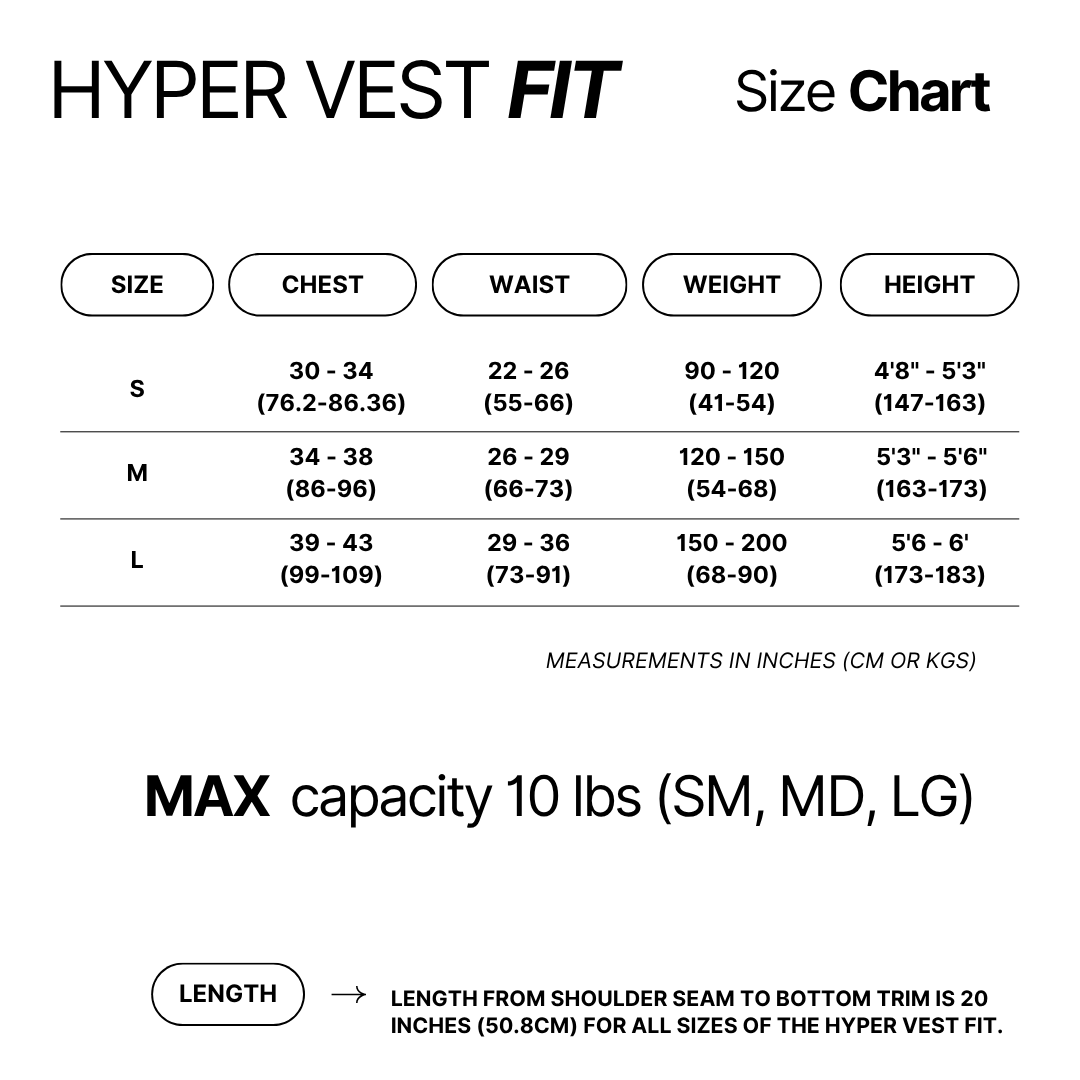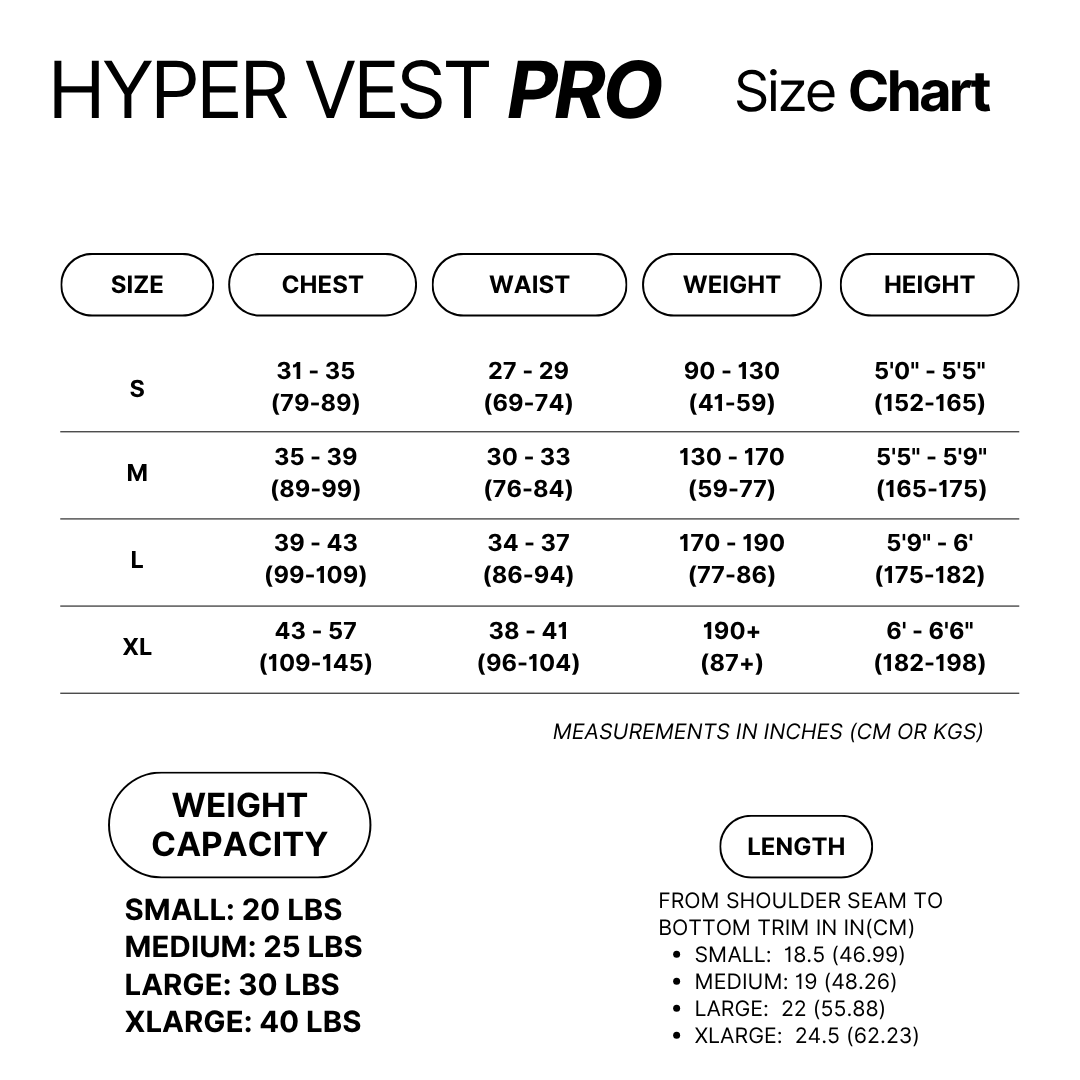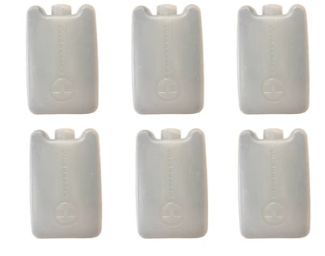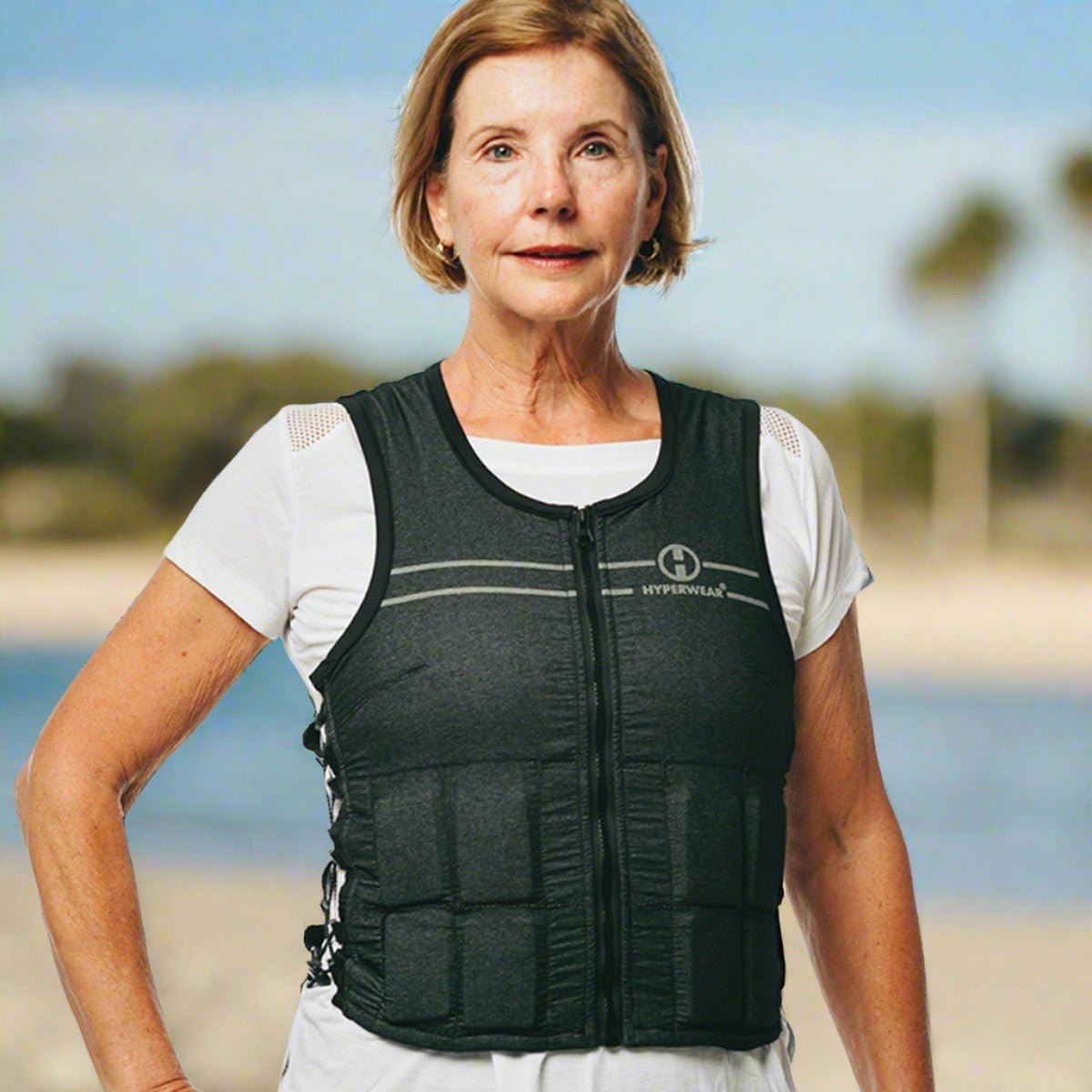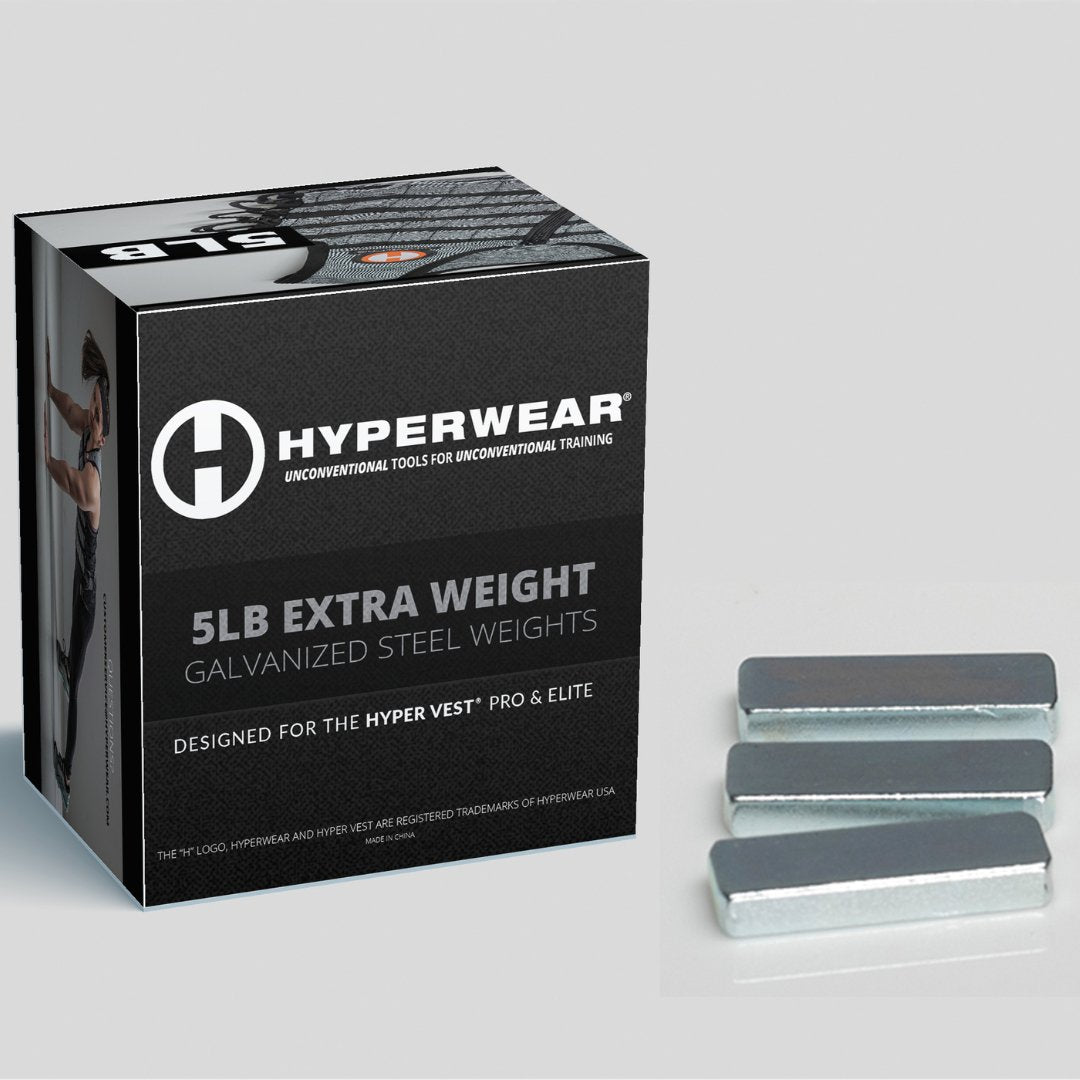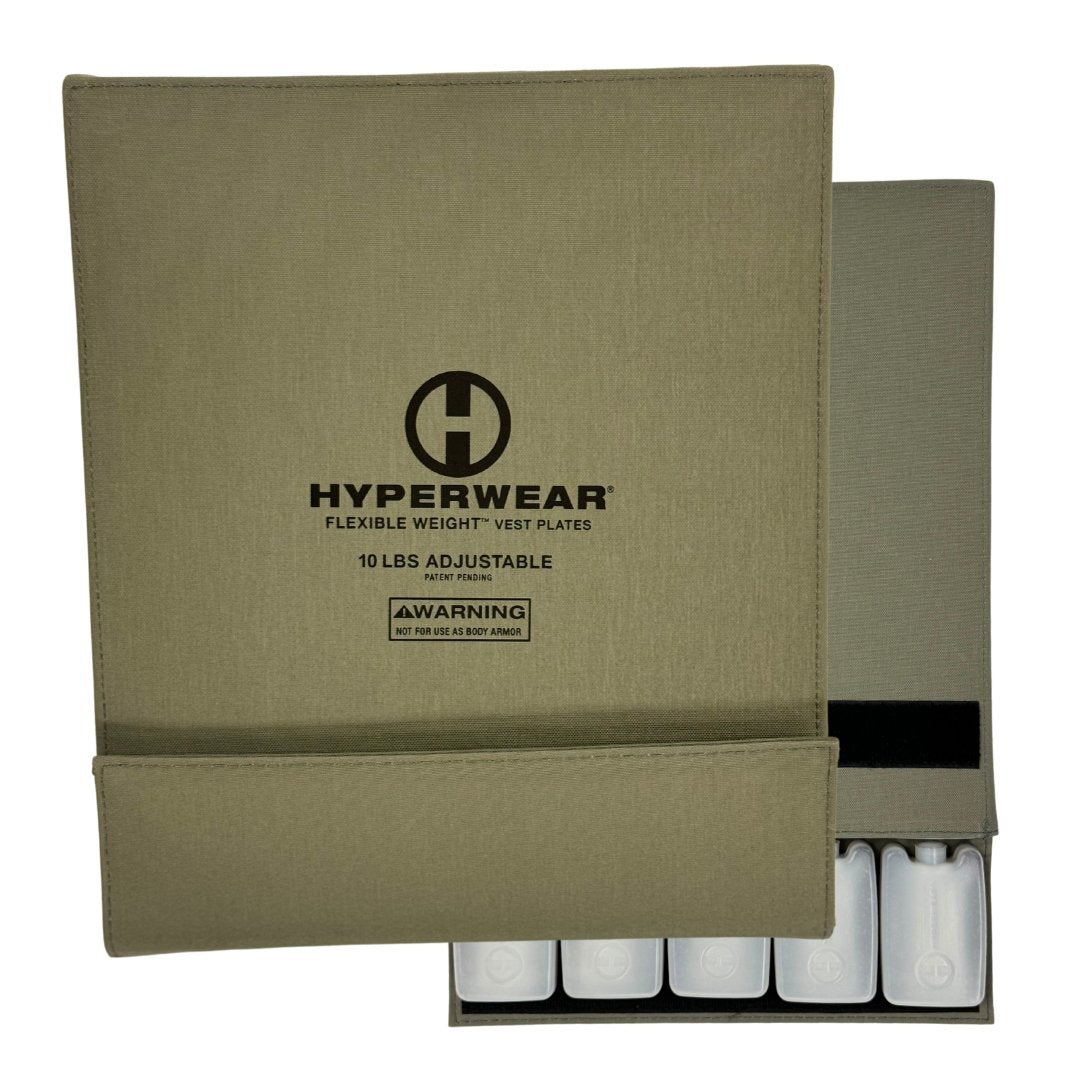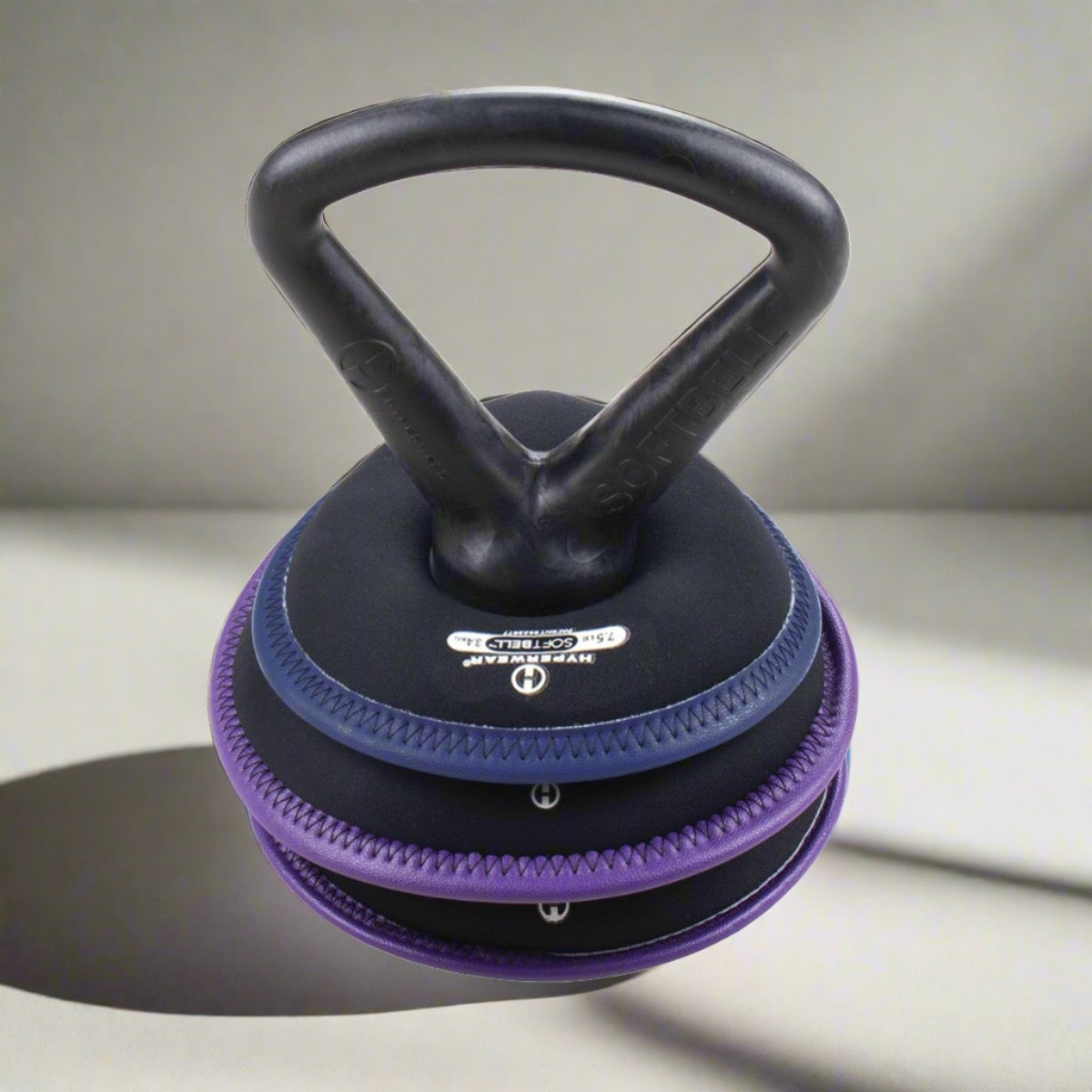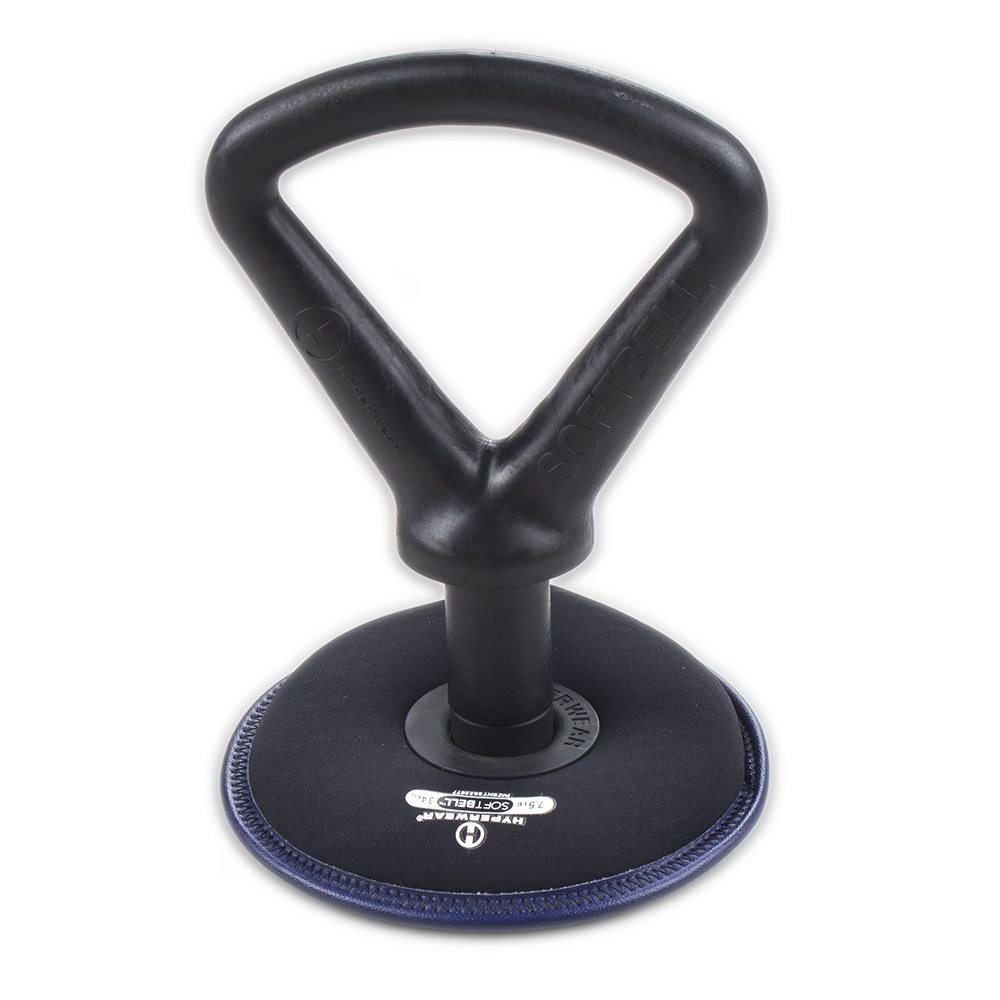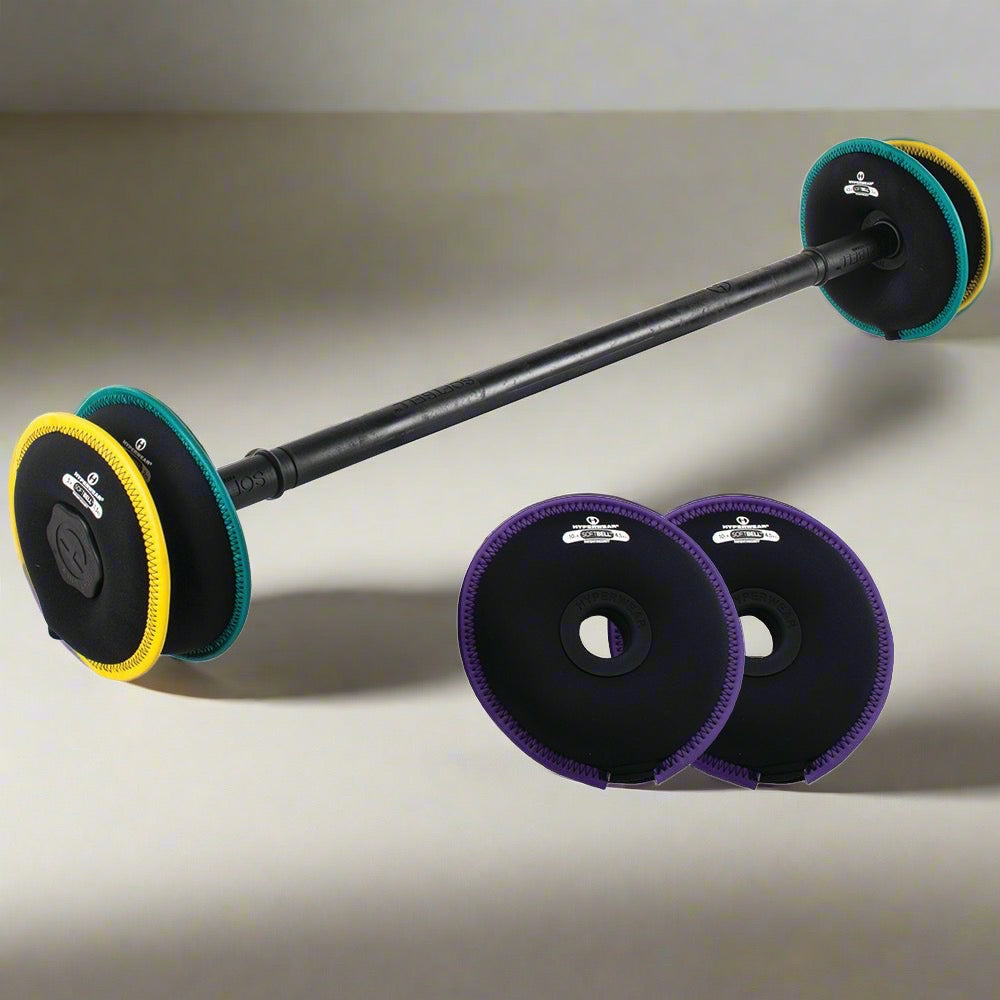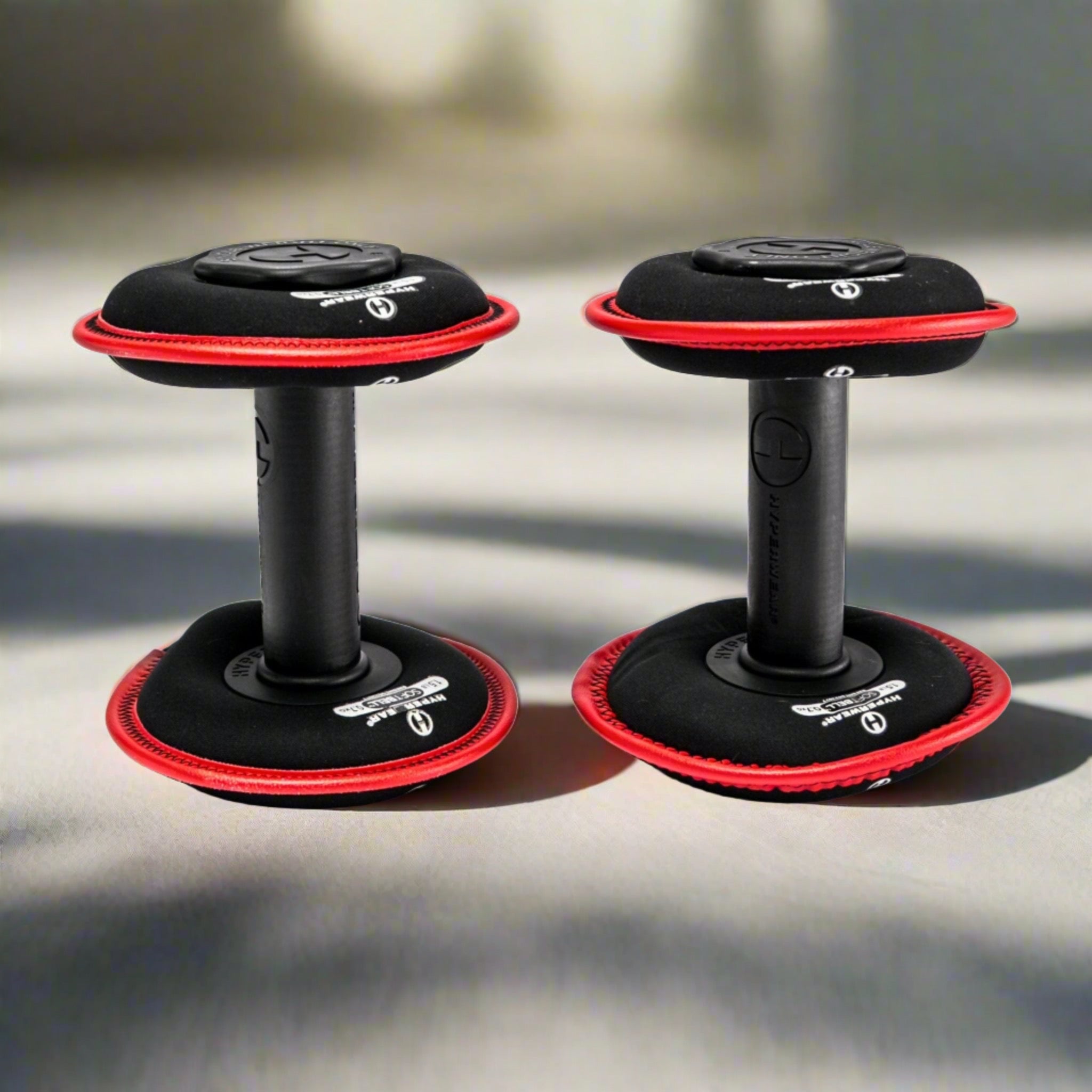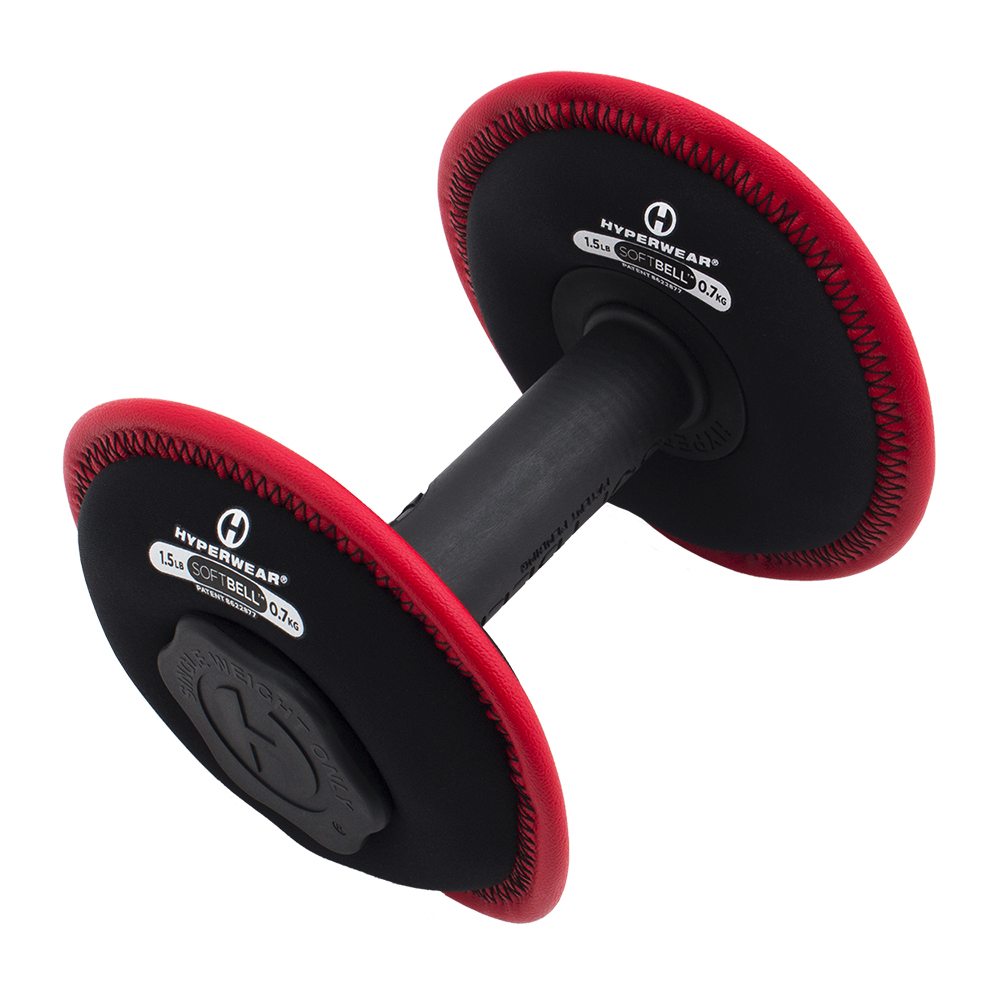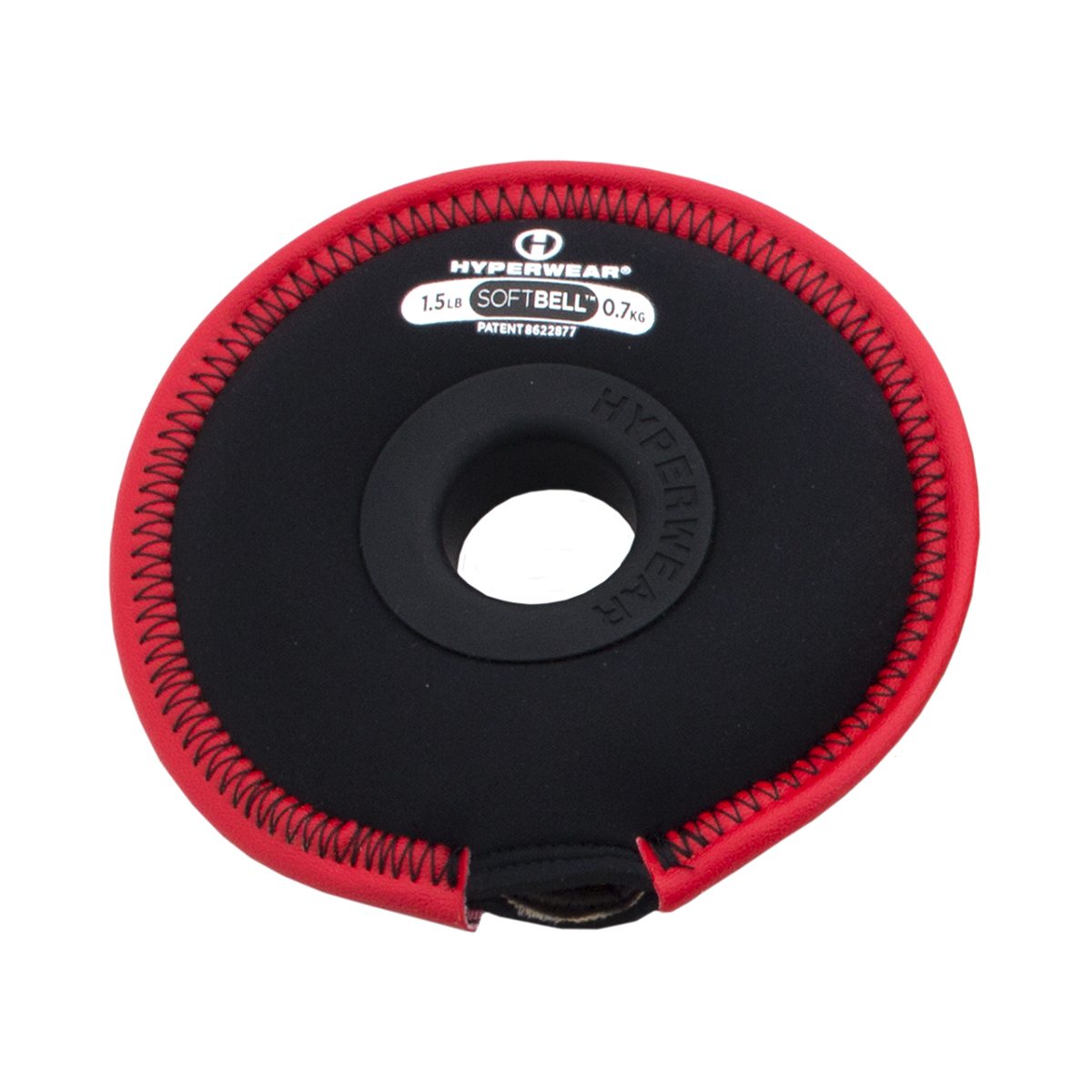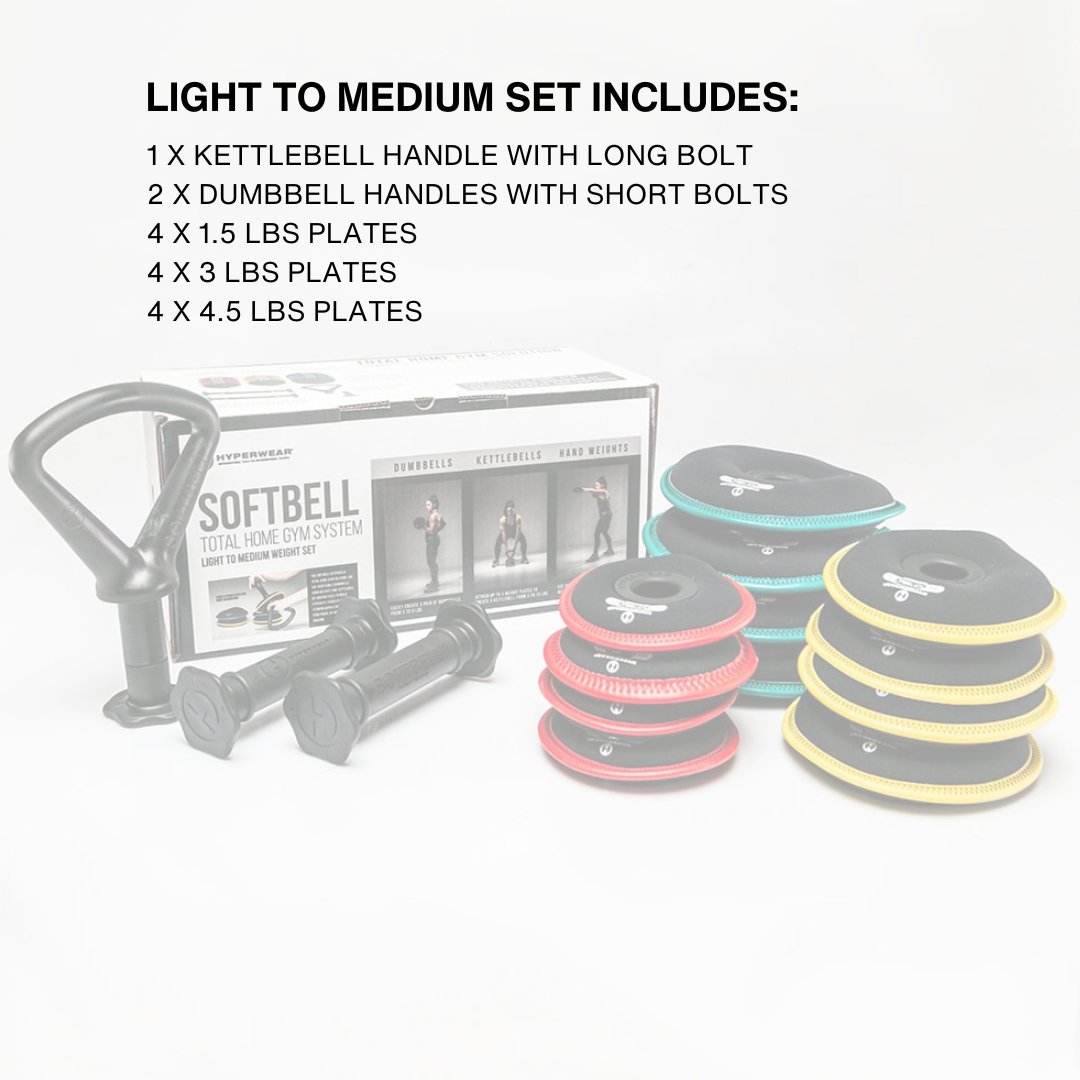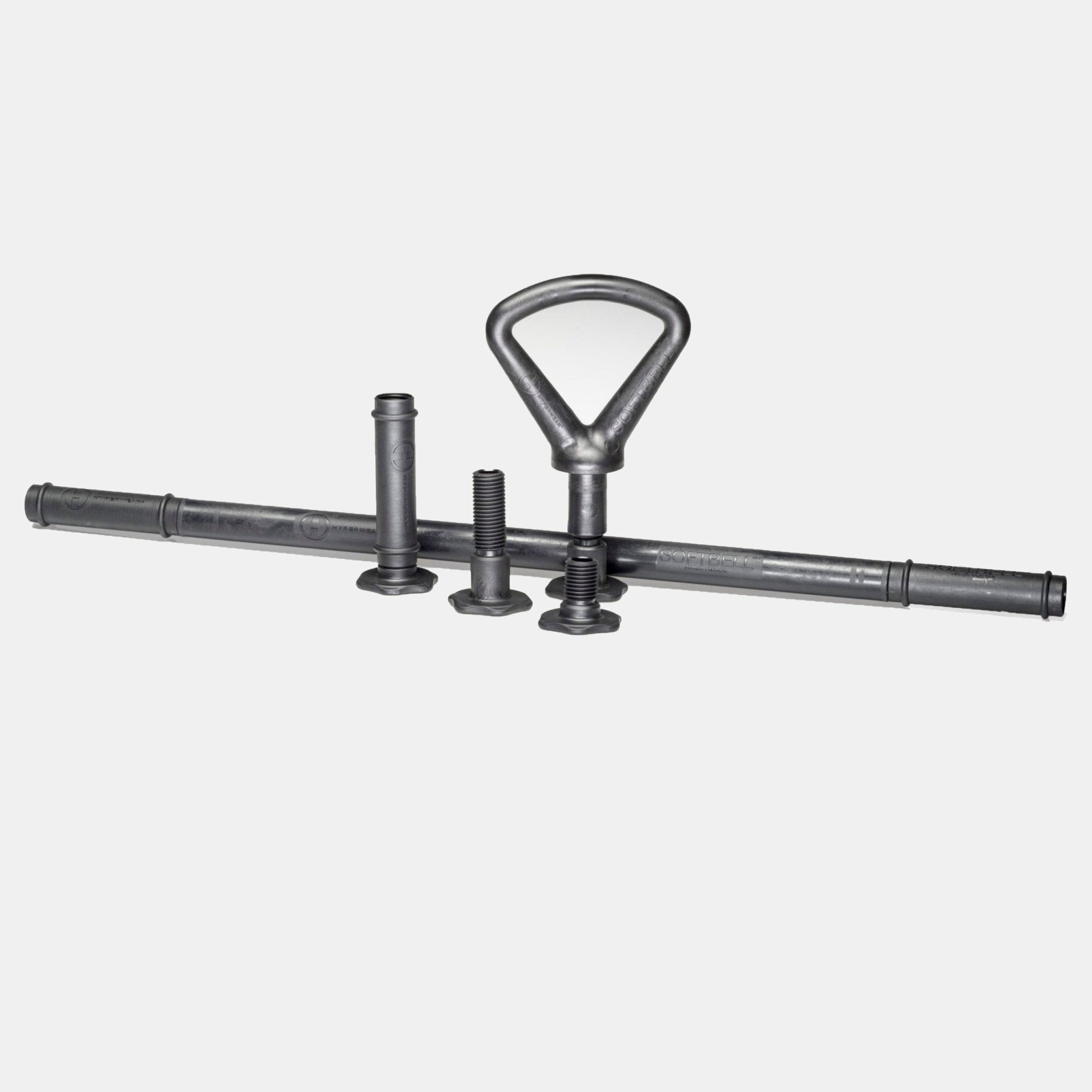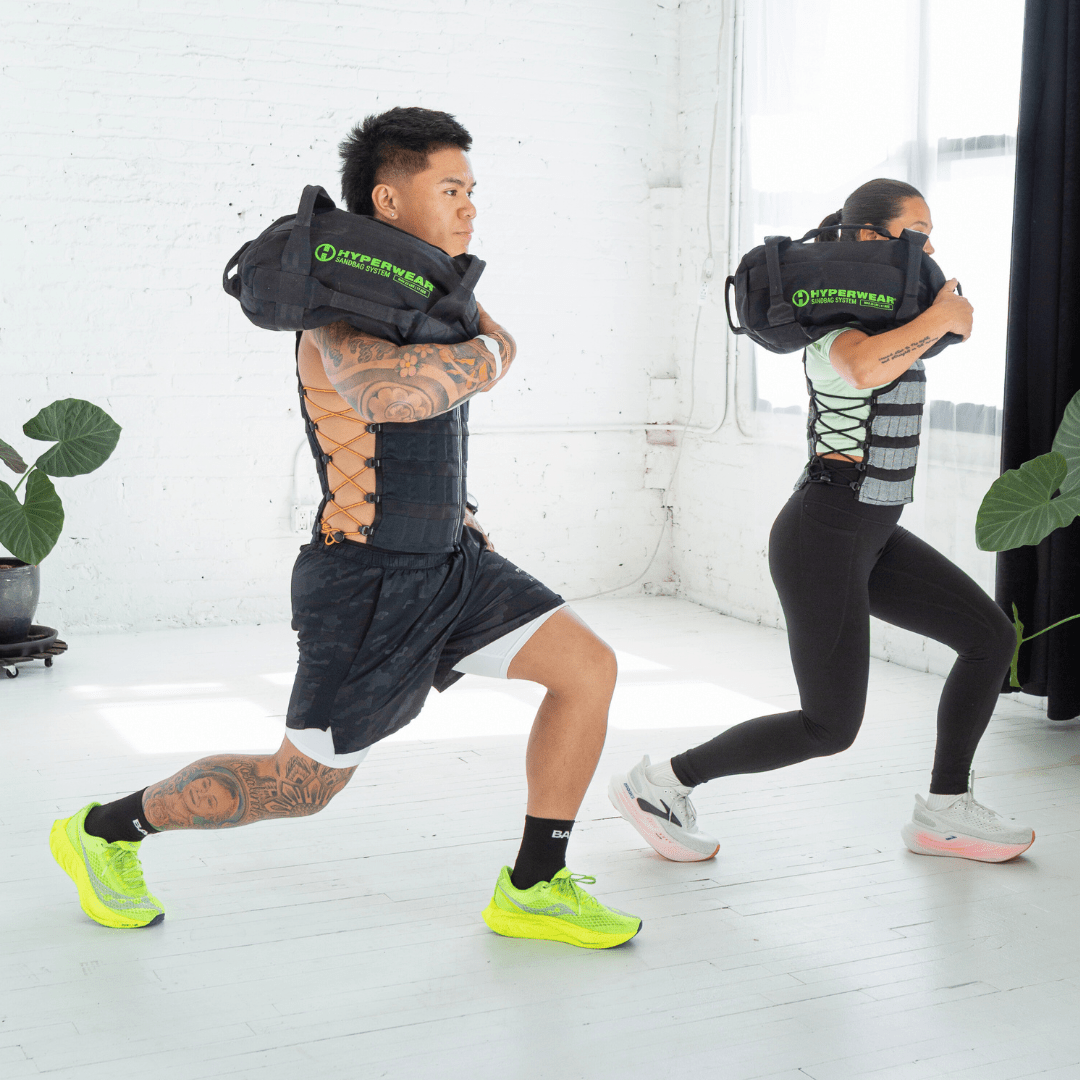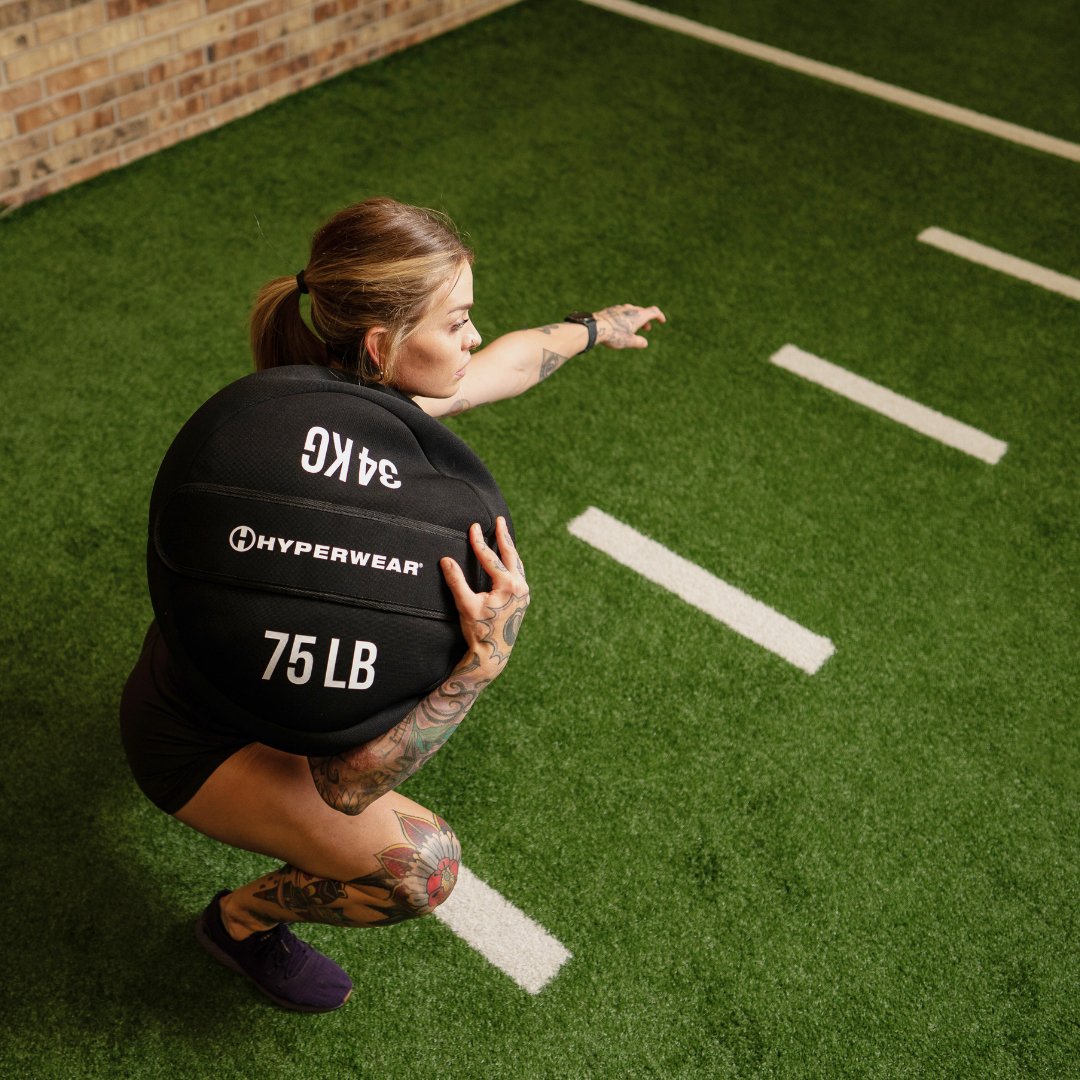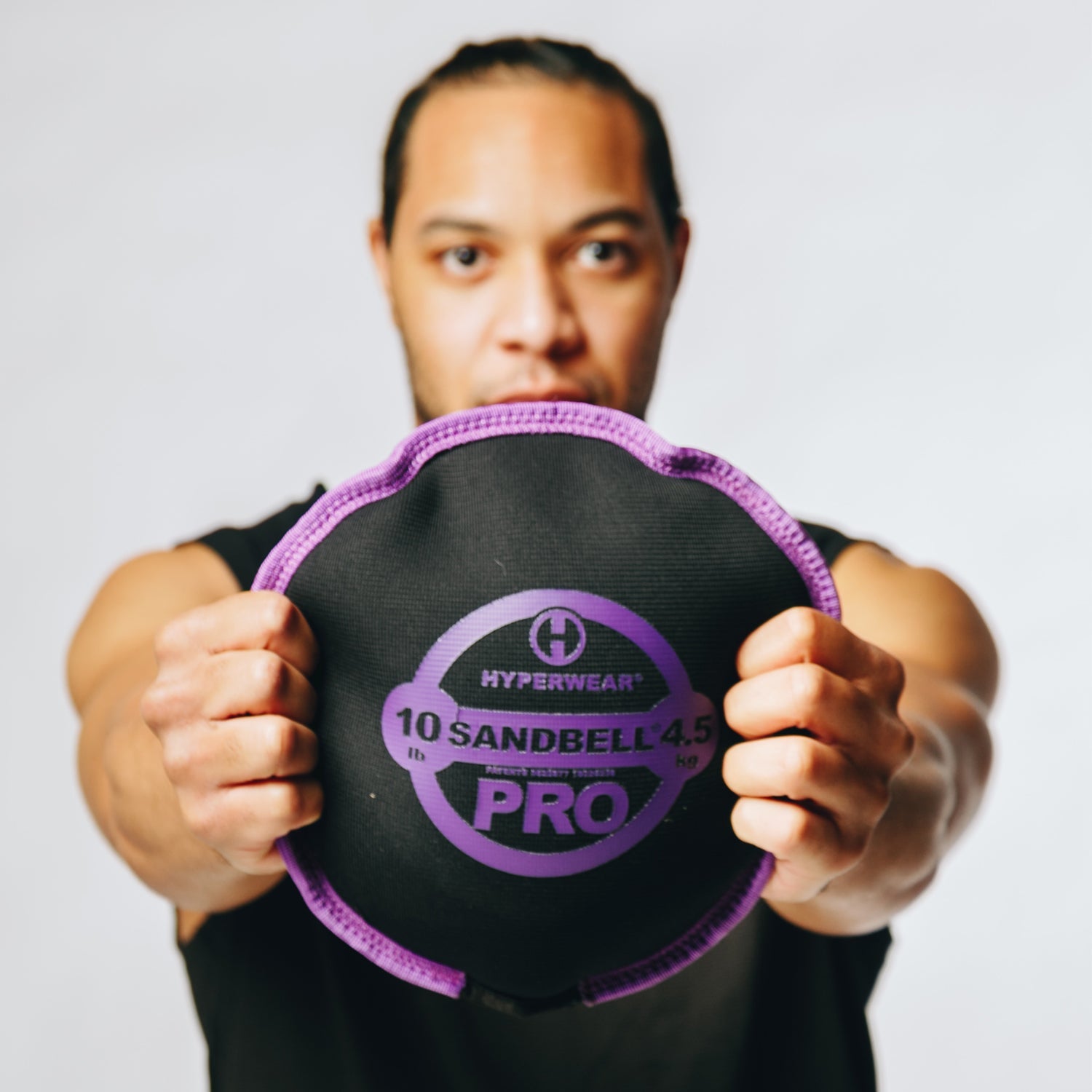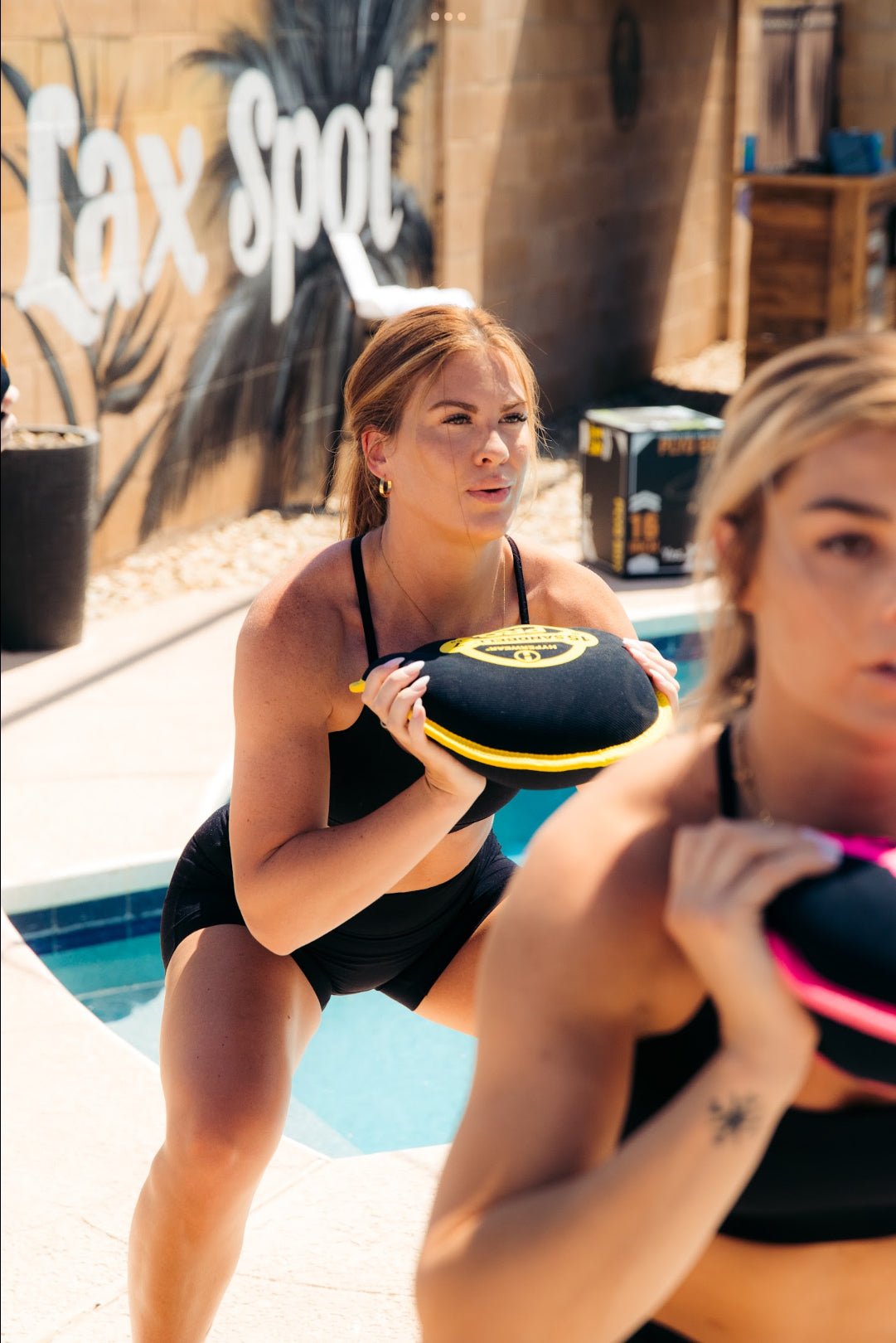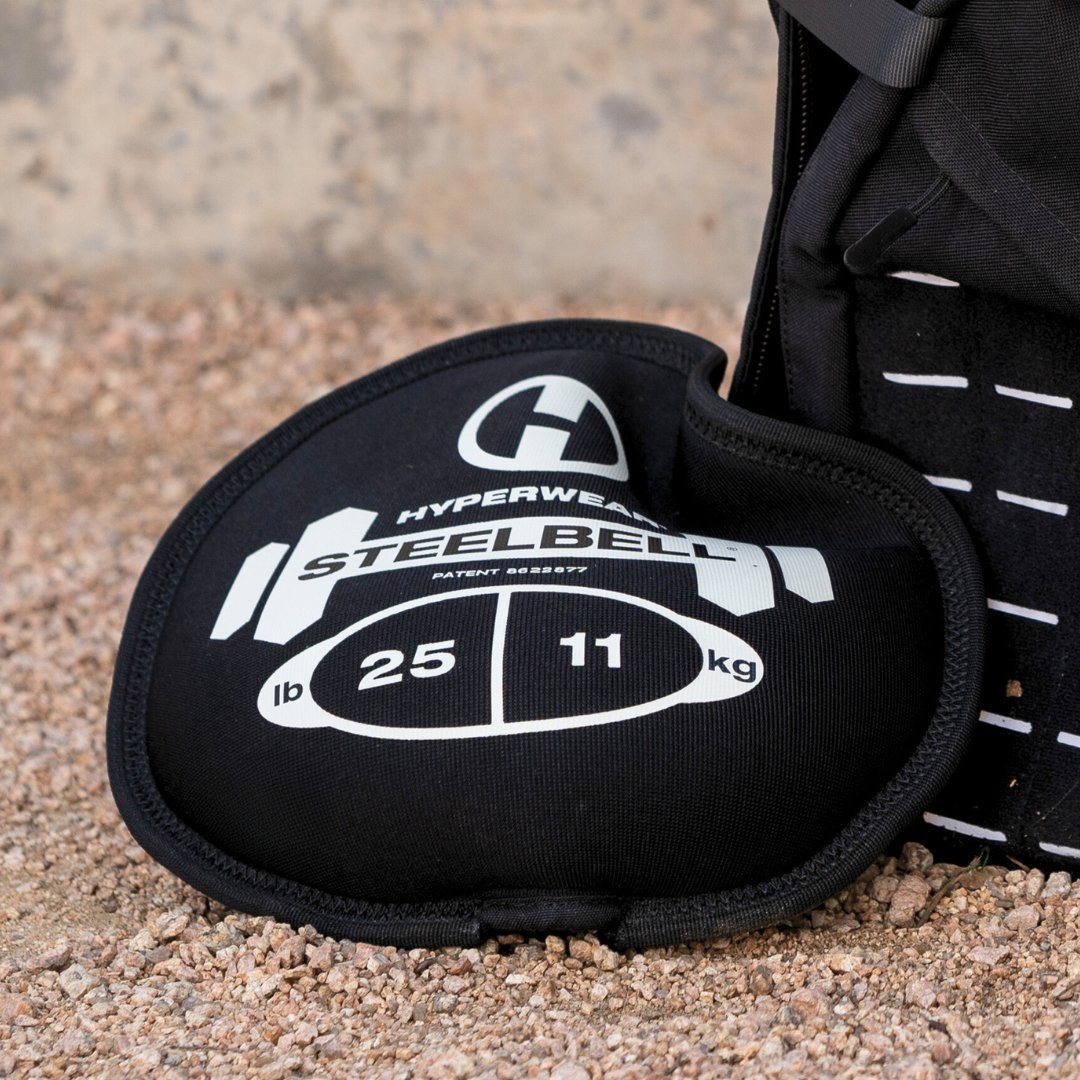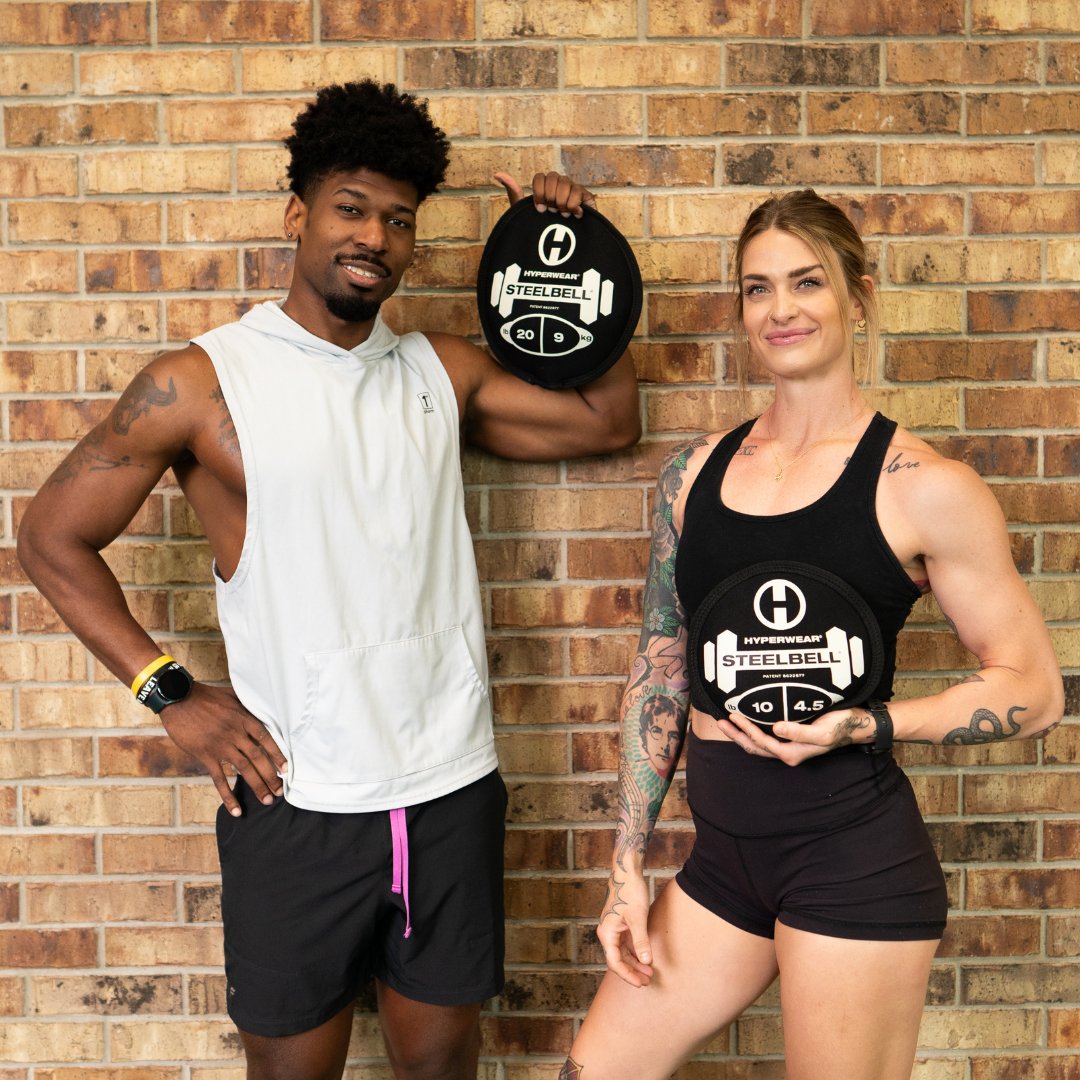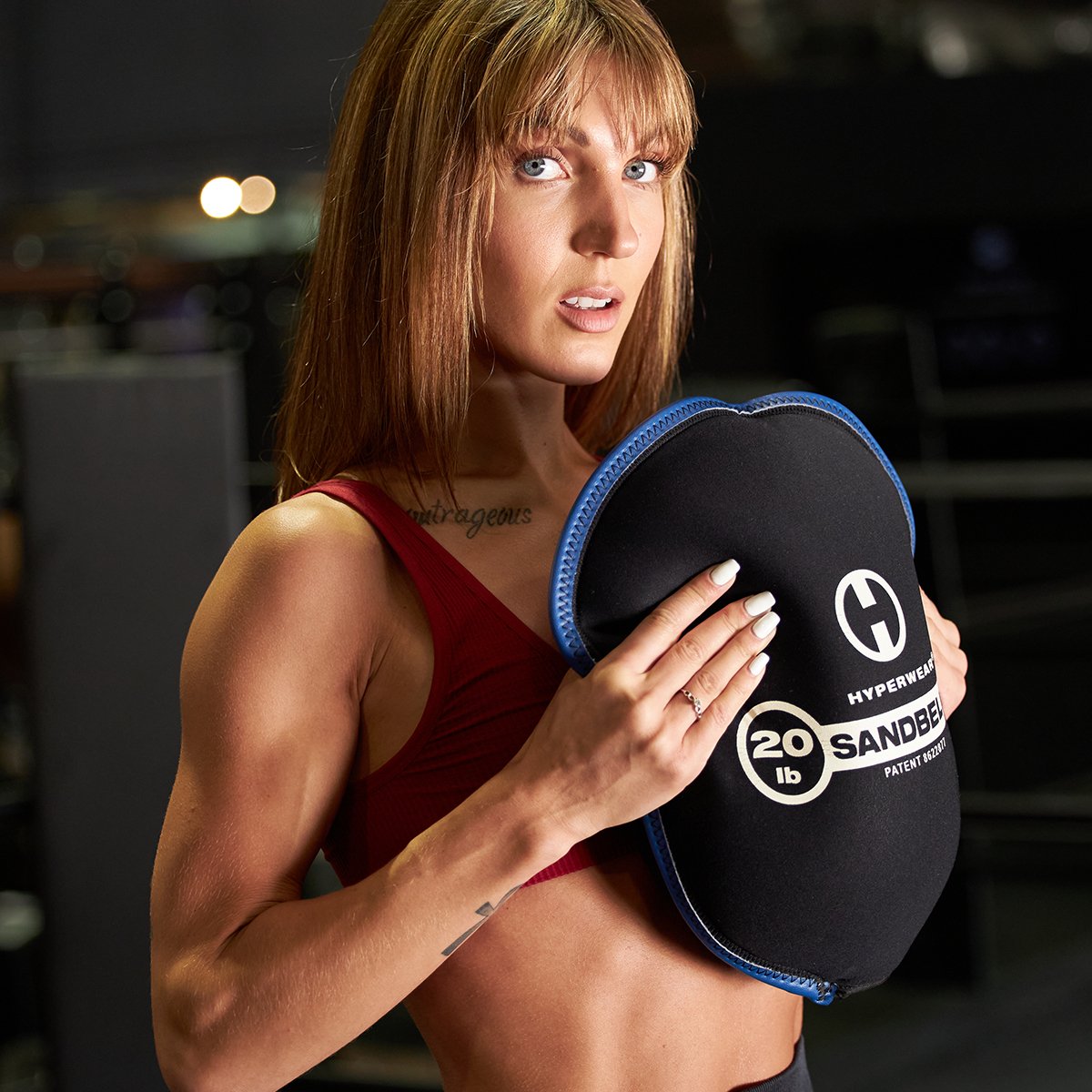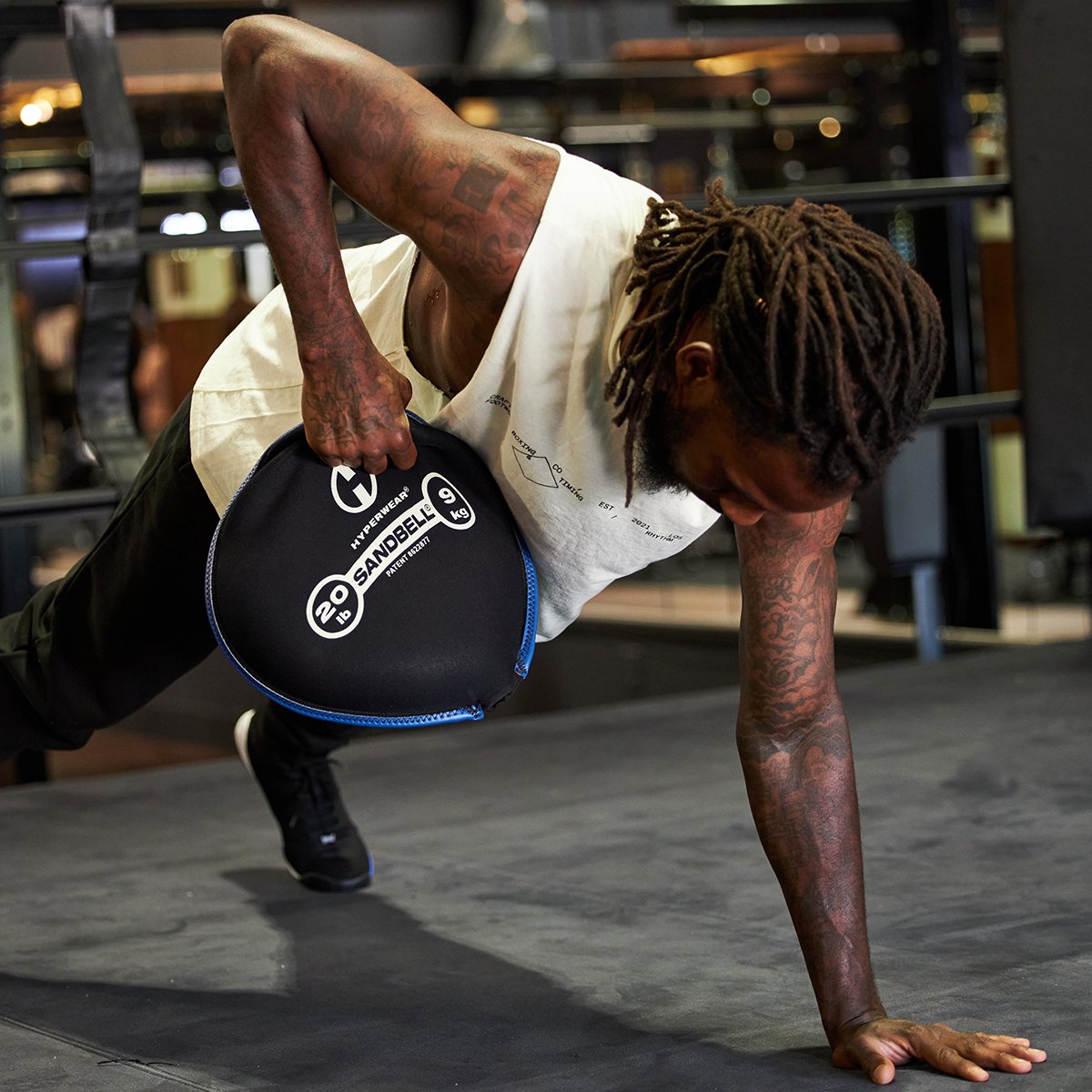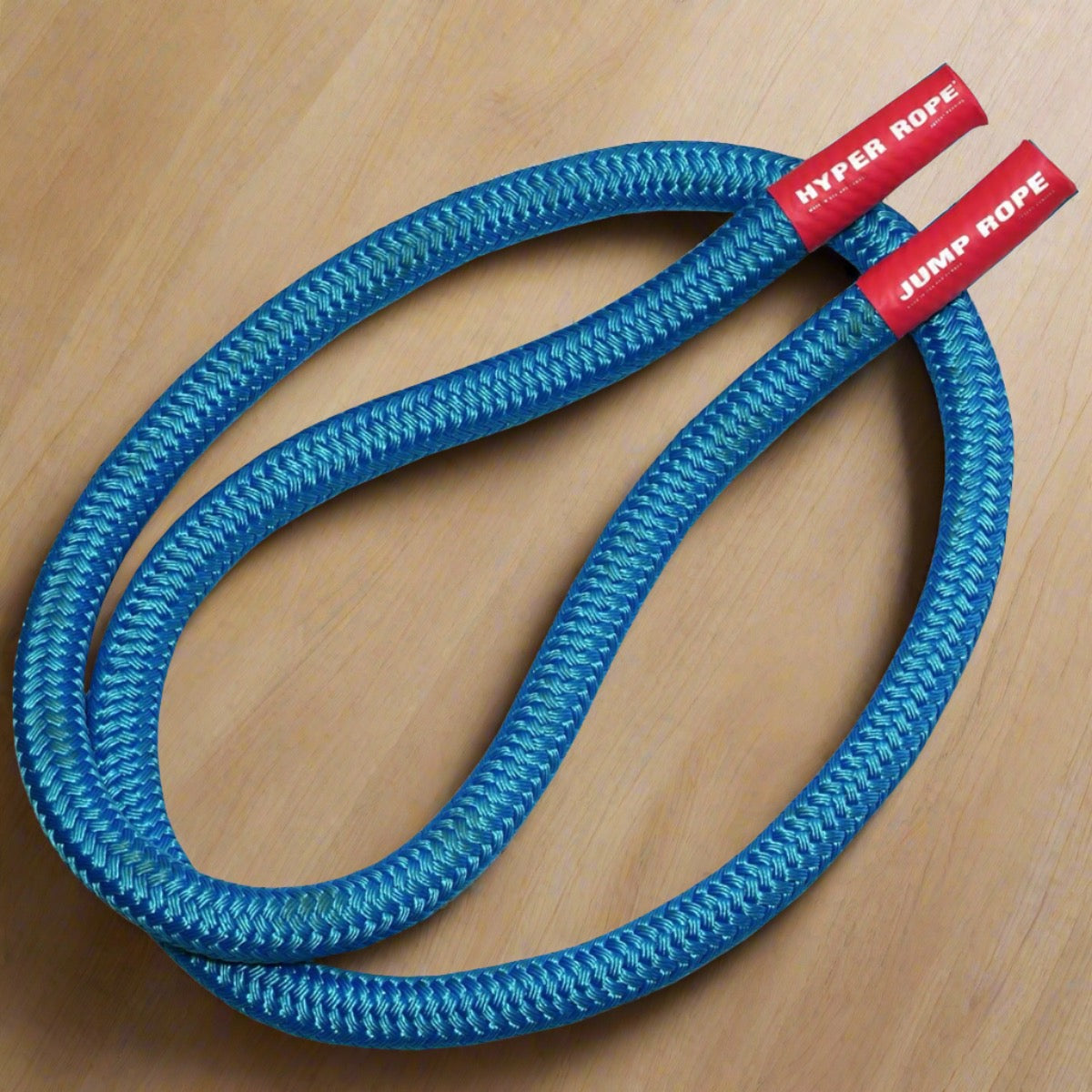By now you may have heard about rucking and be interested in trying it. Everyone from seasoned athletes to beginners just starting out can add weighted rucking to their exercise sessions and reap the benefits of getting outdoors to build strength, increase bone density and enhance cardiovascular health.
We've put together answers to the top 10 questions we receive about rucking so you can get out there and enjoy it for yourself.
Frequently asked questions about rucking:
-
What is rucking? Rucking is a form of cardio combined with strength training that involves carrying a weighted backpack while walking or hiking. It originated from the military, where soldiers train by marching with heavy packs. Rucking can be done in your neighborhood, throughout your city, on park trails or deep in the wilderness on remote trails. You can just walk out your door and ruck or you can drive to scenic trails and explore new areas.
-
What are the benefits of rucking? Rucking improves cardiovascular health, strengthens muscles, burns calories, and increases endurance- not to mention it gets you outside in fresh air. Rucking can even be done on a treadmill so don't let weather or access deter your efforts. It also has the benefit of being a low-impact exercise compared to running, reducing the risk of joint injuries. Research supports weighted walking to build bone density by adding additional load to walking and hiking which encourages bone growth.
-
How much weight should I carry? Beginners should start with a weight that is about 5-10% of their body weight but we always recommend you start with very little weight and short distances to get used to wearing external loads. As you get more comfortable and your fitness improves, you can gradually increase the weight. Weighted options include backpack rucks like the Hyper RUCK or weighted vests like the Hyper Vest ELITE. Weighted vests can be an effective way to add resistance to your workout by distributing load around the torso and allowing for weight adjustment just like the Hyper RUCK. You can even wear both a Hyper Vest and the Hyper RUCK for maximum impact.
-
What should I pack in my ruck? Look for adjustable, soft and flexible weight plates like Hyperwear rucking plates but traditional metal plates can be used as well- even the SandBell or SteelBell can be used as weight filler. Make sure the weight is securely packed, the Hyper RUCK has 3 weight pockets to secure plates so that weight doesn't shift during movement.
-
What type of backpack should I use for rucking? A sturdy backpack designed for rucking or hiking is recommended like the Hyper RUCK which was designed with a reinforced structure. It should have comfortable chest and waist straps and padded shoulders. The Hyper RUCK has numerous benefits like an external pocket, internal pockets for personal items, reflective elements for safety, padded laptop compartment and so much more. Your regular backpack doesn't have the internal structure to support wearing extra weight and may cause the weight to sit too low on your back. Ideally the weight should be slightly elevated in the bag like the padded pockets in the Hyper RUCK.
-
What should I wear while rucking? Wear comfortable clothing appropriate for the weather and wicking materials that help to regulate temperature. Good hiking boots or supportive shoes are crucial, especially when carrying extra weight. We always recommend trying out your shoes and RUCK or weight vest near home before setting out on longer efforts away from home. Always be prepared for changing weather and scout your route before heading out.
-
How do I prevent injuries while rucking? Start slowly with lighter weights and shorter distances. Ensure your backpack fits well and the weight is evenly distributed. Warm-up before your ruck and stretch afterward. The Hyper RUCK has pockets for personal items and snacks as well as a space for a water bladder, sold separately, so that you stay hydrated and safe on hot days far from home.
-
Can rucking help with weight loss? Yes, rucking can be an effective way to burn calories and lose weight. It combines aerobic exercise with resistance training, boosting your metabolism. Read about recent research on the benefits of wearing a weighted vest for weight loss HERE.
-
Where can I go rucking? You can ruck anywhere you can walk. Trails, parks, and urban environments are all suitable places for rucking. Some people prefer natural trails for a more challenging terrain. Some schools allow after hours use of tracks which is another safe place to ruck so you can keep extra water or gear readily accessible. There are plenty of groups you can join to get started, check out Facebook groups in your area, or ask a friend to join you for accountability and social health.
-
Is rucking suitable for everyone? Most people can safely enjoy rucking with the right precautions. However, those with back, knee, or cardiovascular issues should consult with a healthcare provider first. When just starting out remember to begin slowly and close to home or your vehicle. Pick a short loop where you can build your distance and time safely without going too far from your car or your front door.
These questions cover the basics of rucking, helping newcomers understand what to expect and how to prepare for their rucking sessions. We encourage everyone to try it out and we're always available to provide recommendations, just ask us! Click the CHAT button on the right side of your screen on desktop or mobile and our team will happily assist you.
